Part of the travelling experience is to come across the unexpected, although sometimes this can be very emotional. It was another town we were heading through but it really made an impact on us.
We awoke in Rieti, another free aire. One of our fellow motor homers had taken the sustainable route. We think this might be his permanent home, but he has made some really cool adaptations, trouble is they don’t look that cool, that refined. Never mind, the motorhome manufacturers might like to have a look and start incorporating them into their latest models;
I presume the PV panel is on the side because he has so many addition luggage racks on the roof, the consequence of this is that you will have to turn the motorhome around to face the sun, not so good.
The black tube I think is some makeshift solar water heater. Fill the tube with water, the black tube absorbs the heat of the sun. Voila, hot water.
You can just pick out the gutter on the front that collects the rainwater and fills the tank via the funnel. Not sure how he filters out all the dead flies that will collect on the front!
We head off, travelling west. We are seeking out a mountain. Maybe we can climb it. But today a day of travel, landscape and villages.
This means a lot of hill towns. I am not sure what it is about the Italian psyche which wants to build on the most awkward spot possible.
Beautiful though.
And we start to get to see some mountains, which are covered in snow. This is a bit ominous, the one we are looking for is quite a bit taller, so the snow could be thick.
More hilltop towns, we are climbing now, so get a very good aerial view. After a hour of incredible landscape we drop down onto a plain. A large town is looming ahead of us.
It appears to be quite dynamic. A lot of work is going on if all the cranes are anything to go by.
But something is not right about this town.
We notice odd things.
Some of the buildings appear abandoned.
Some are missing bits of cladding.
Others have more serious damage, something truly devastating has happened here. We head for the town centre to investigate further.
The centre is eerily quite. Very few people are on the streets, and just the odd car. But the loud sounds of industry, heavy construction work emanate from everywhere.
Many of the building are wrapped in scaffolding and plastic protection.
Many are shored up, braced, with large steel planks.
And the church looks in a particularly perilous state.
We are in L’Aguila.
On the 6th April 2009 at 03.32 an earthquake struck the town, 5.9 on the Richter scale, pretty large as earthquakes go. It happened at night following a bout of smaller tremors in the preceding days.
308 people died, 1,500 were injured and 65,000 were made homeless, 40,000 ended up in temporary tented camps.
You may remember it better when you hear about what Berlusconi had to say;
“They have everything they need, they have medical care, hot food… Of course, their current lodgings are a bit temporary. But they should see it like a weekend of camping.” , “Head to the beach. It’s Easter. Take a break. We’re paying for it, you’ll be well looked after.”
http://news.bbc.co.uk/2/hi/europe/7984867.stm
I am sure this comforted them. Never mind when food, water, clothes and a warm ceiling to sleep under arrives. The understanding words of the prime minister are enough for the moment. I cannot believe this guy has been re-elected and still has significant influence on Italian political life. SM
Bizarrely the scientists are accused of manslaughter because they gave bad advice on whether or not to evacuate the city.
They obviously do not understand the unpredictability of earthquakes. Eventually the scientist are cleared, common sense prevails.
http://www.bbc.com/news/world-europe-29996872
This is eight years ago and the centre of the town is still devastated.
L’aquila is used to earthquakes. It sits adjacent to a lake which has a magnification effect on the tremors.
It has suffered many quakes;
03/12/1315 the church was destroyed
22/01/1349 800 people died
26/11/1461, also 1501 and 1646
03/02/1703 3,000 people died and almost all the churches collapsed, L’Aquila was then repopulated by decision of Pope Clement XI, three years later in 1706 another quake struck
31/07/1786 6,000 people died
26/06/1958 an earthquake of 5.0 magnitude struck the town.
We didn’t know this as we walked the streets, we only found out later.
Eight years seems a long time, but just to shore up all the buildings. To determine what condition they are in and what needs to be done to bring them back to life, eight years is not a long time…but in the meantime the town has died, it will recover, but it will take a long time.
Some of the shoring up is almost sculpture. The engineering is beautiful.
But how you go about repairing a building that is chocked full of scaffolding, I have no idea.
In situations like this, you wonder whether the effort is worthy. Eight years have gone by and it feels like the earthquake has only happened yesterday. Many signboards display drawings and graphics of the systems in place to reconstruct structures. Still the town is lifeless. Houses and flats have been abandoned. It is cheaper to let them go eventually. SM
Are the trying to preserve too much, tryiung to make it as it was before. It will never be as it was before. It shouldn’t be the way it was before, things have changed.
How many times in its history has that church been rebuilt. Are they trying to save too much, at too much cost and too much time? Demolition would have been quicker, got people back into the town sooner. At the moment this town is for builders only. There are no shops, no banks and only a few bars and cafes for the builders.
Millions of euros have been invested to refurbish historic sites. What for? Is really attracting tourists the starting point to revitalise the town? Who is going to bother to come and see a church in a destroyed place? SM
Maybe restoring the town to what is was like, Italy can say, we have done it, all that investment was worth it. Could they do that with a new and different city?
As we wandered the side streets , the scene is even more abstract. Piles of masonry lie stacked below buildings. It might have fallen off yesterday.
Presumably it is ordered and numbered, ready to be stuck back on in the future.
It is sad to see buildings in this state.
This is an old shoe shop. The door is left open, a few remnants of the stock still remain. This was someone’s livelihood!
It gives you goose pans. What were the shop assistants doing when the earth started to tremble? Where did they go when their shop started to collapse? Were they able to escape? SM
Temporary power and water supplies, snake across the buildings.
People fled in a hurry, it is as though they left a few days ago.
Surely this needs to be demolished. But who knows the legal ownership wrangles that might keep it perilously standing.
Certain streets are canyons full of scaffolding, one leaning off of another.
Many of the buildings are unlocked, door open, but who would dare to venture inside.
This one ecological, those are timber trusses holding it together.
Some are being worked on.
And it looks as though some have been completed.
But there is much still to do. The priorities, the churches, seem a little misguided. Maybe focus on something useful!
Is the fully recovery of this town the objective? Or are the works simply a spin to sympathise with people’s emotions and to demonstrate they are doing something about it? Why do we come up with this conclusion? Because the town has actually grown outside. Flats, houses, business, shops, supermarkets, McDonald’s… all is happening in the suburbs. SM
This for us, one of the saddest images. Beyond the broken window pane, all of someone’s belongings, still there, including her handbag. Did she manage to escape?
This has been quite harrowing and thought provoking. An unexpected visit, but time to move on.
Another thing that makes L’Aguila different, its climate. Those mountains keep it cooler than the rest of Italy. Those mountains are the reason we are here.
Majestic, however it looks like it maybe unlikely we will be able to get to the summit of our objective; too much snow.
It is a beautiful drive. We love being amongst the mountains.
We begin to climb and gradually snow starts to line the edges of the roads.
Further up, a full carpet of snow covers the ground, they keep the road pretty clear though.
It is still difficult to determine our objective.
But we think it maybe somewhere behind there.
We head to a ski station, where the road to the starting point of the walk should start.
We venture along the road, the landscape dramatic.
The snow piles get higher and higher.
The odd bits of snow infrastructure litter the landscape, but none of it is working. We push on.
I am not sure if Dora is a lucky motorhome or an unfortunate one, the places we drive her.
But we rarely see other motorhomes.
Eventually the snow ploughs have given up and the road is blocked. There is still twenty kilometres to go before the start of the walk. We won’t be climbing Corno Grande, another objective that will have to wait another year.
We feel so discouraged. Such a beautiful drive, the sign post gave us hope when it indicated the peak was open. Now here, we cannot go any further. Go back the way we came. We hate doing that. SM
But it has been an amazing end to challenging day, we head off to find somewhere to stay for the night.
GDR

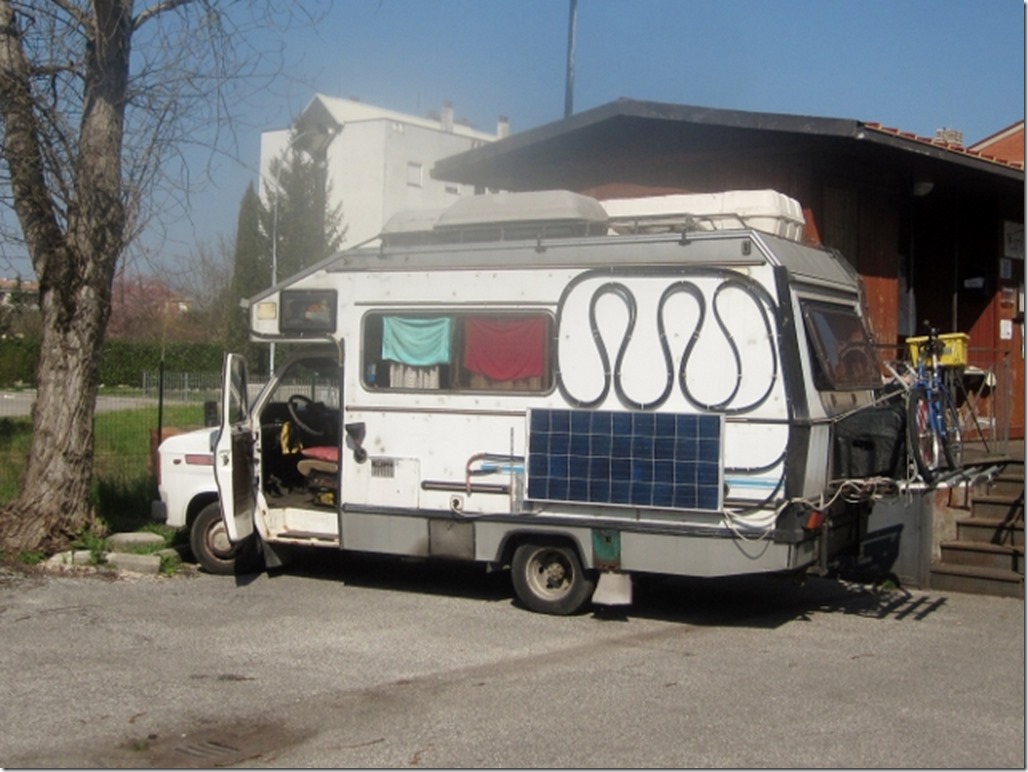
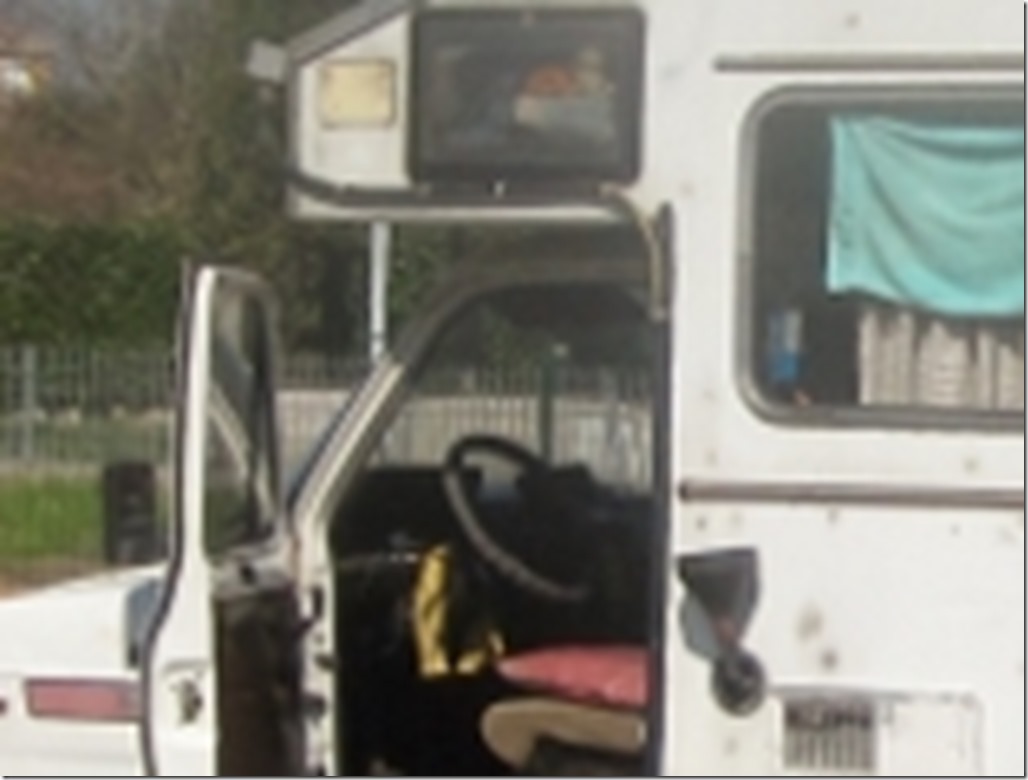
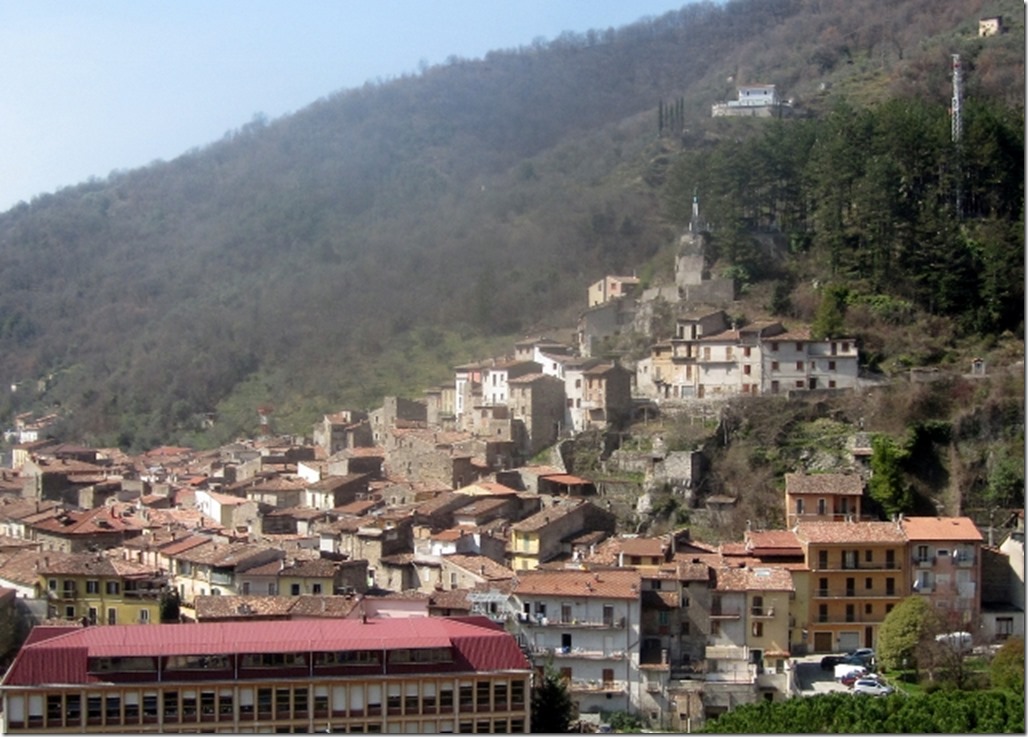
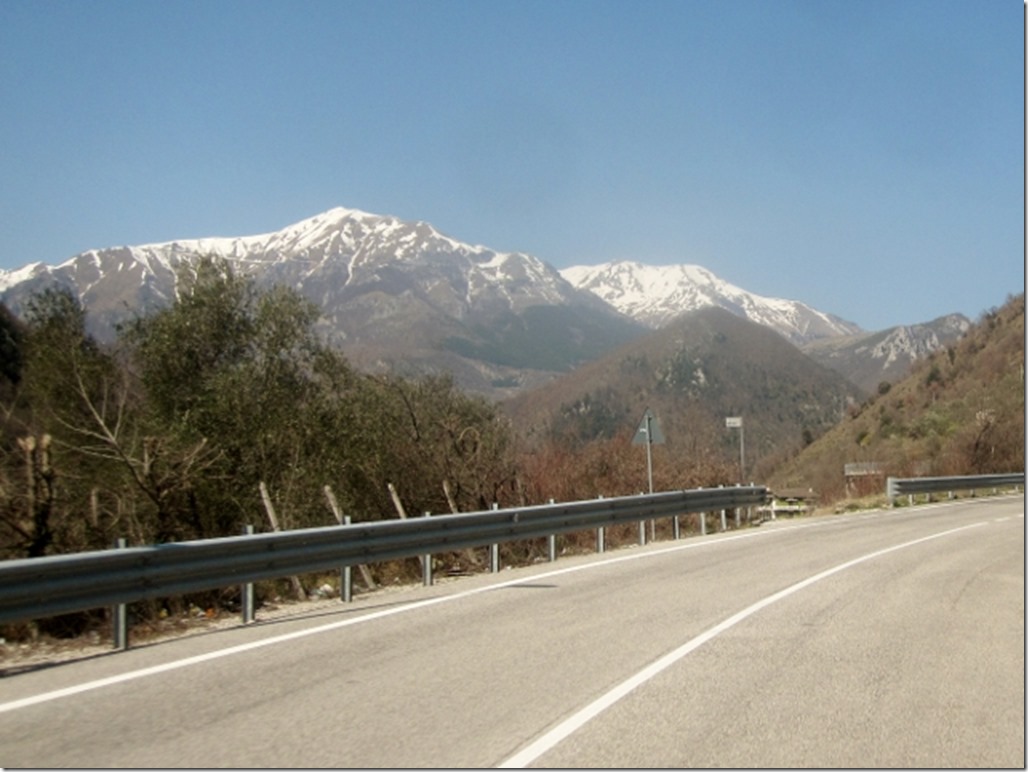
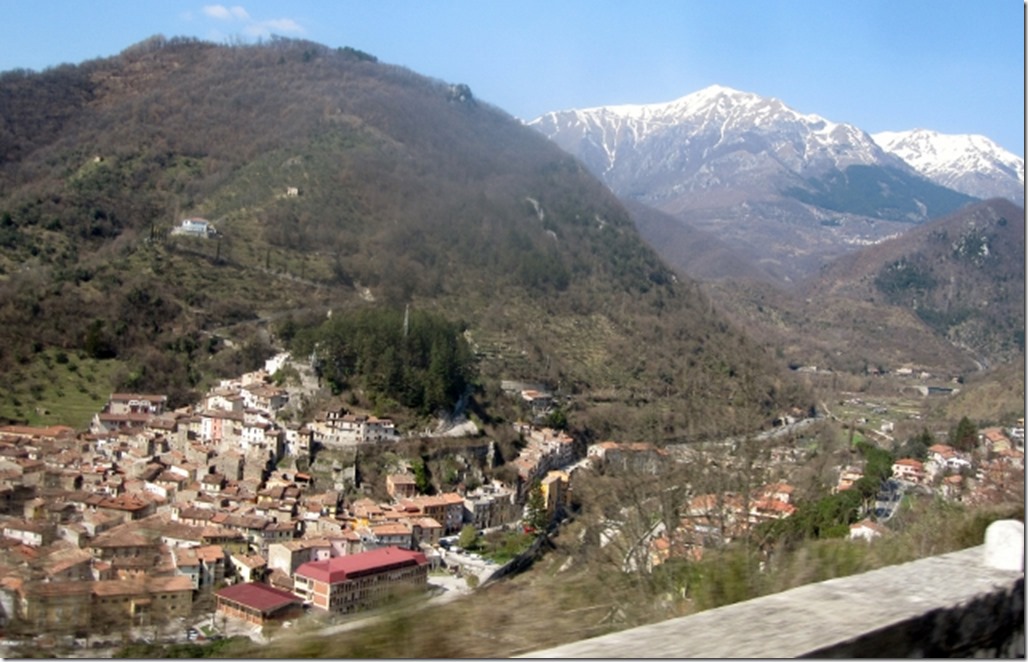
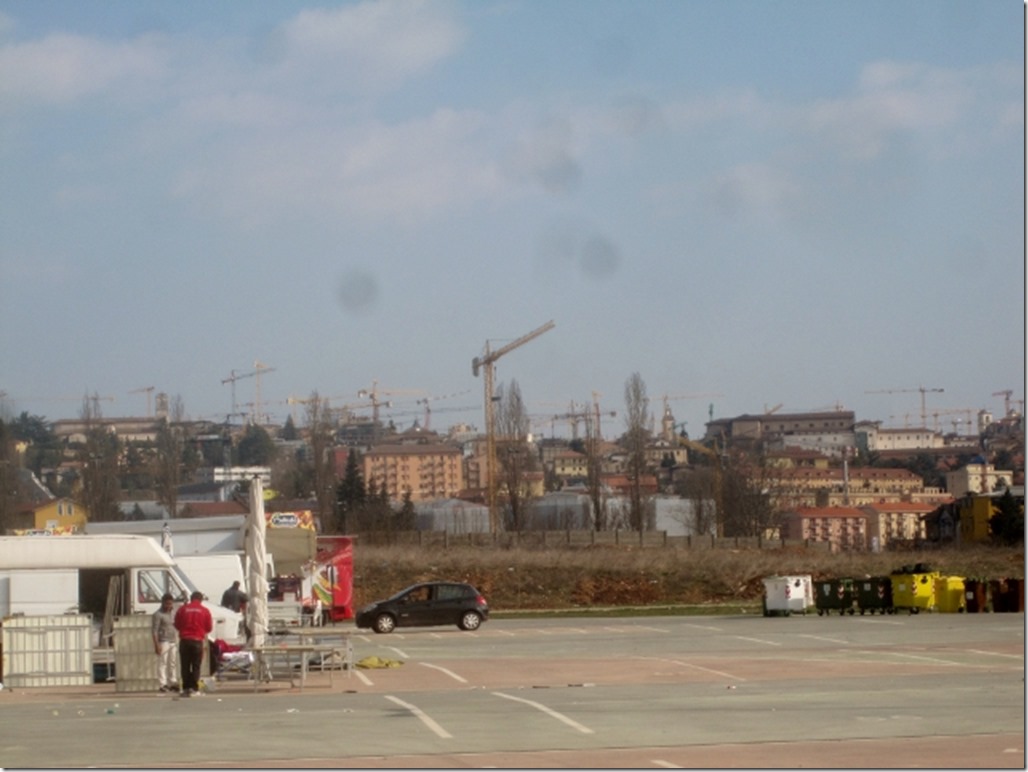
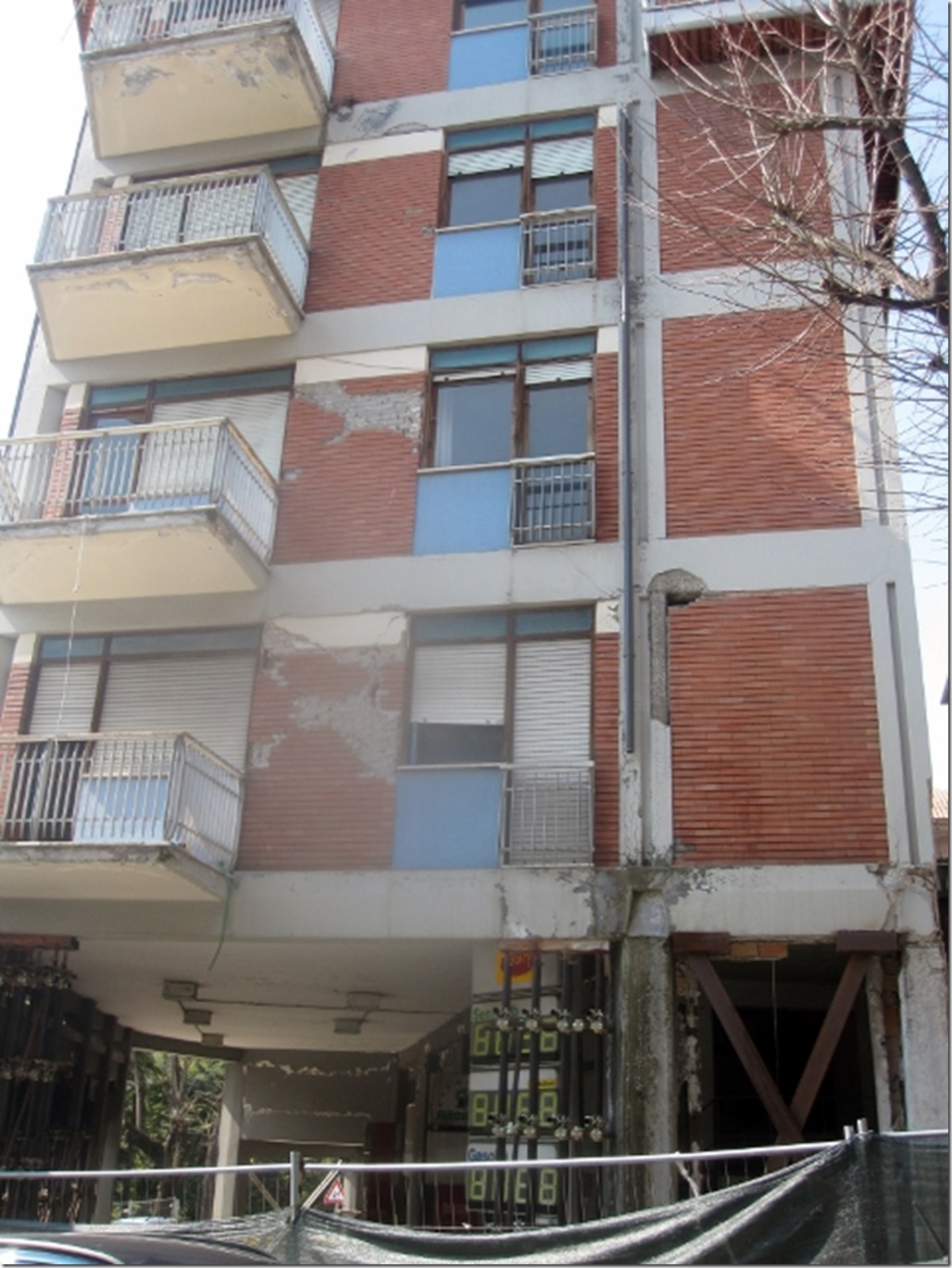
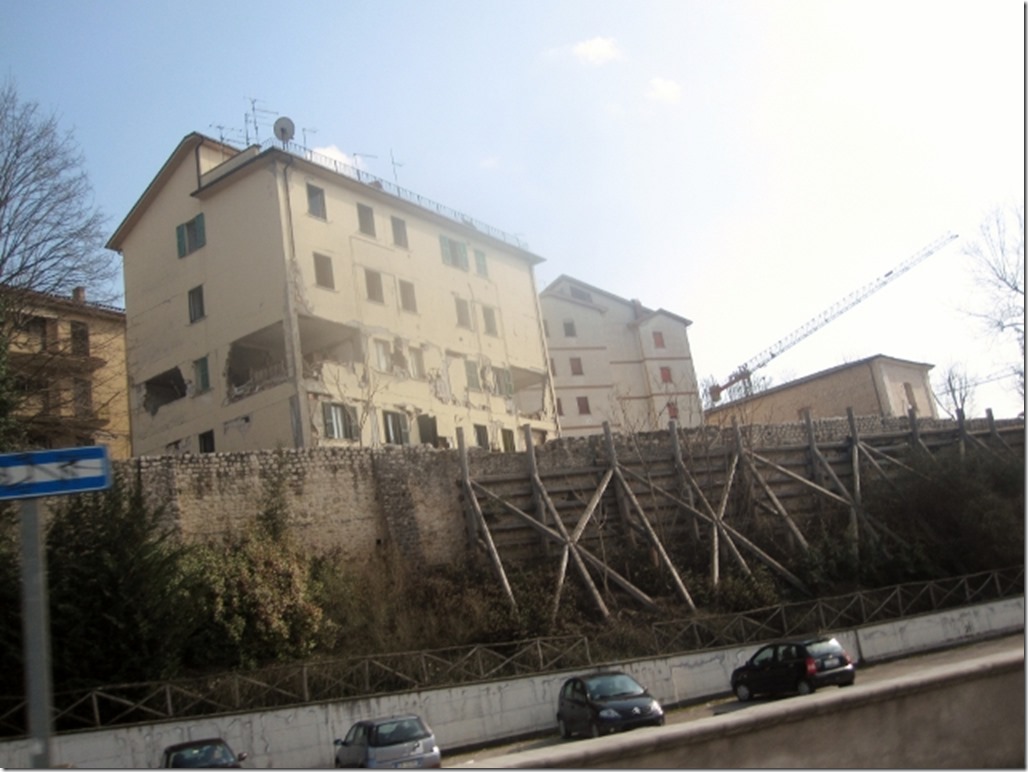
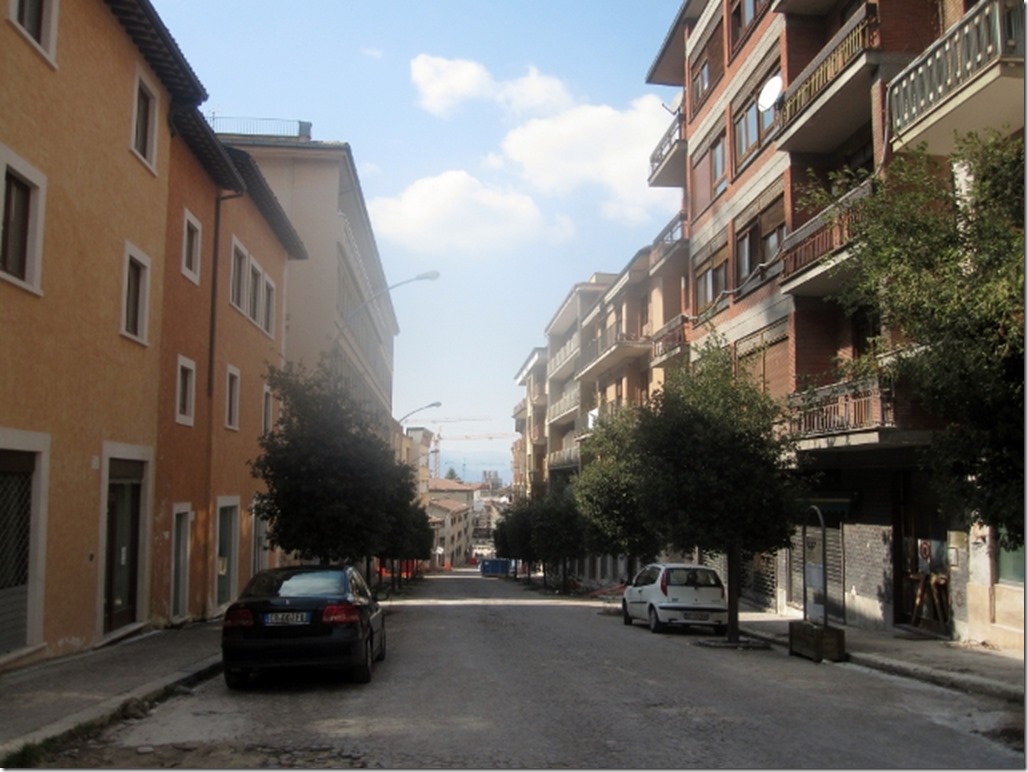
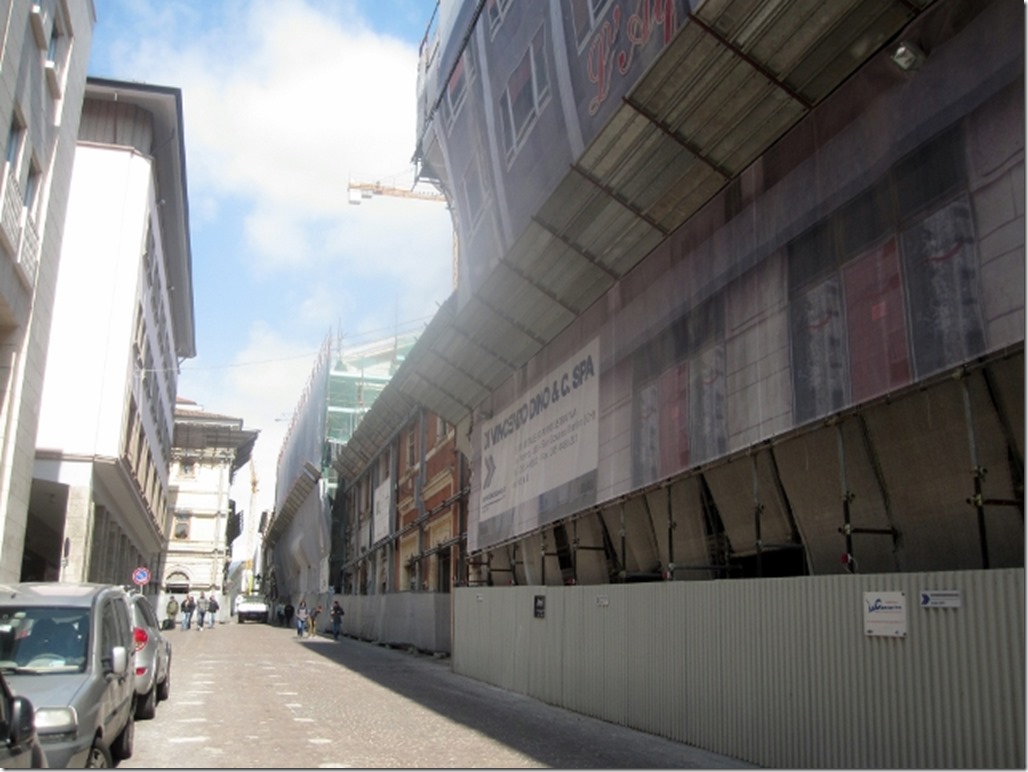
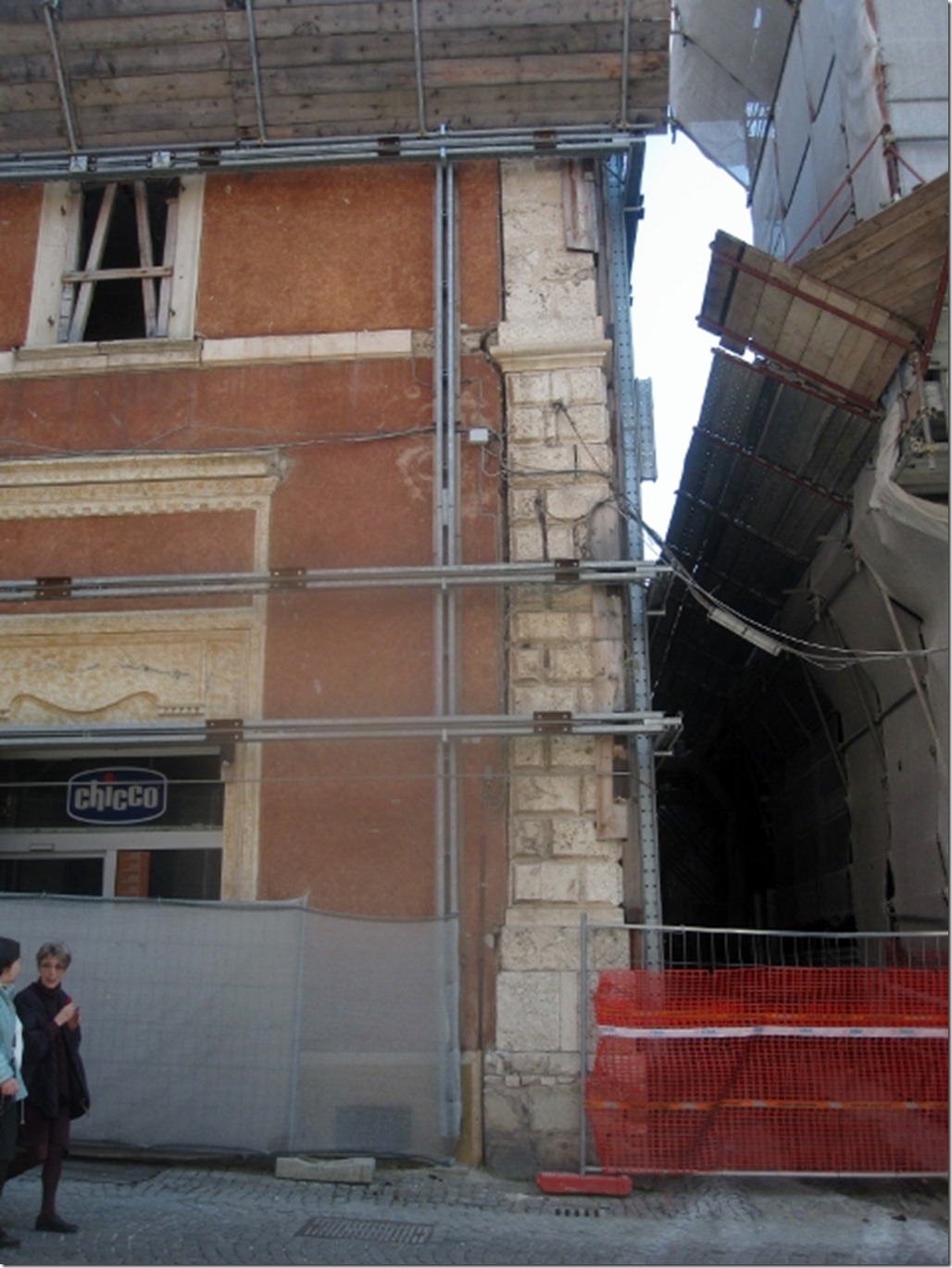
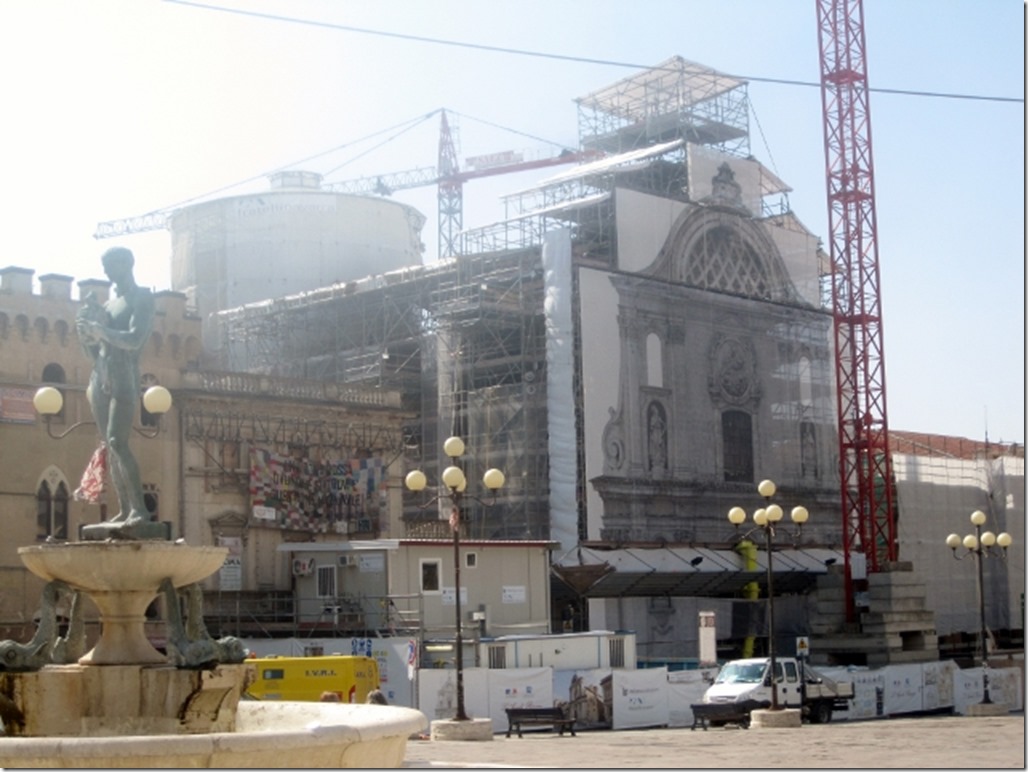
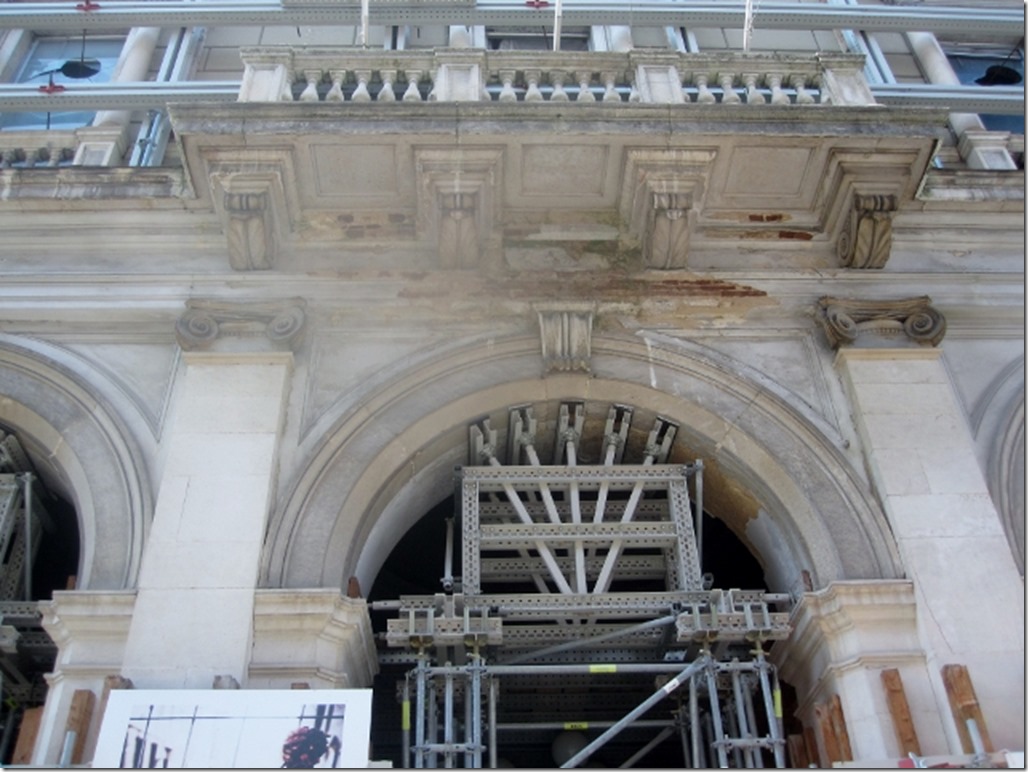
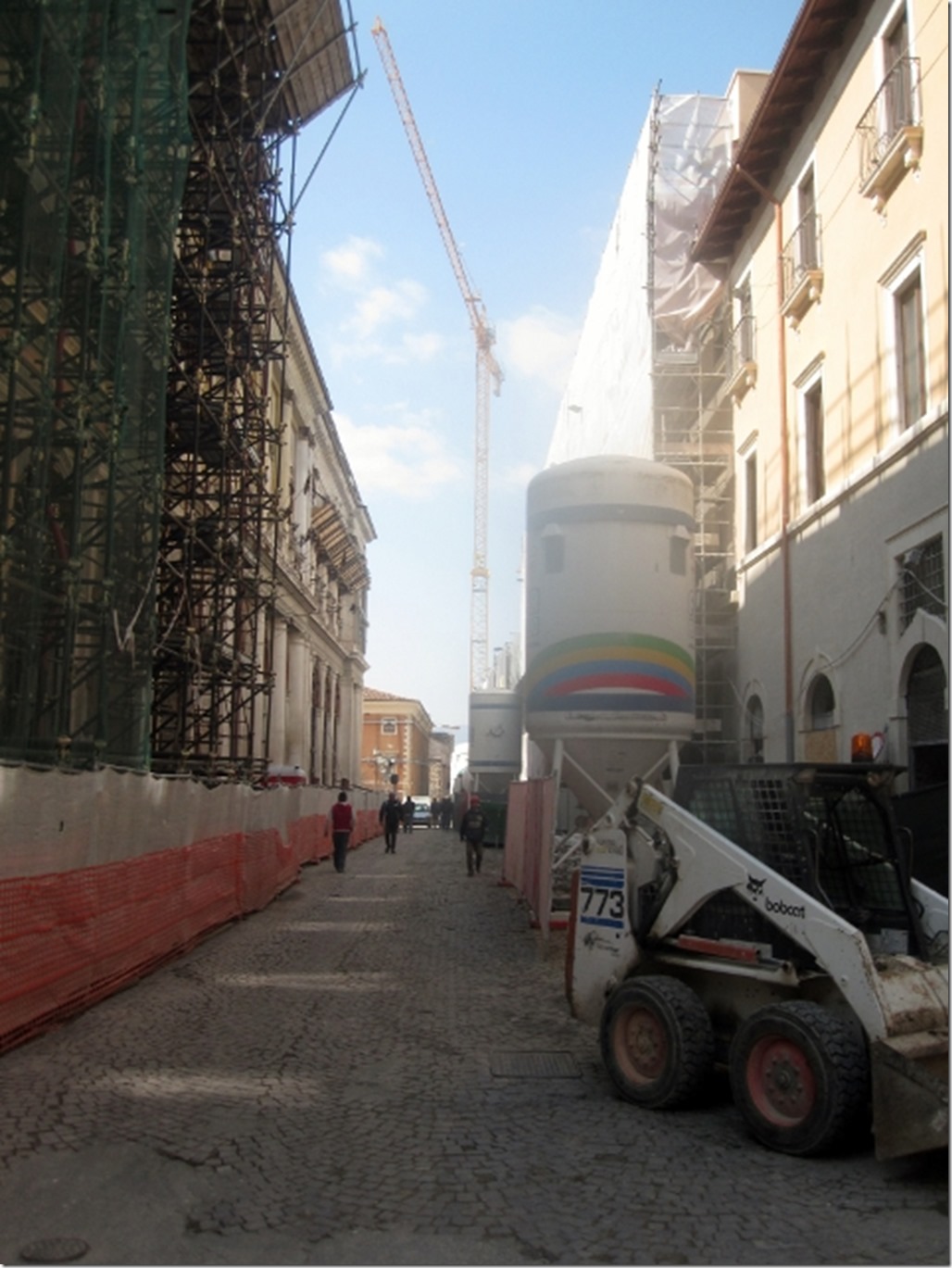
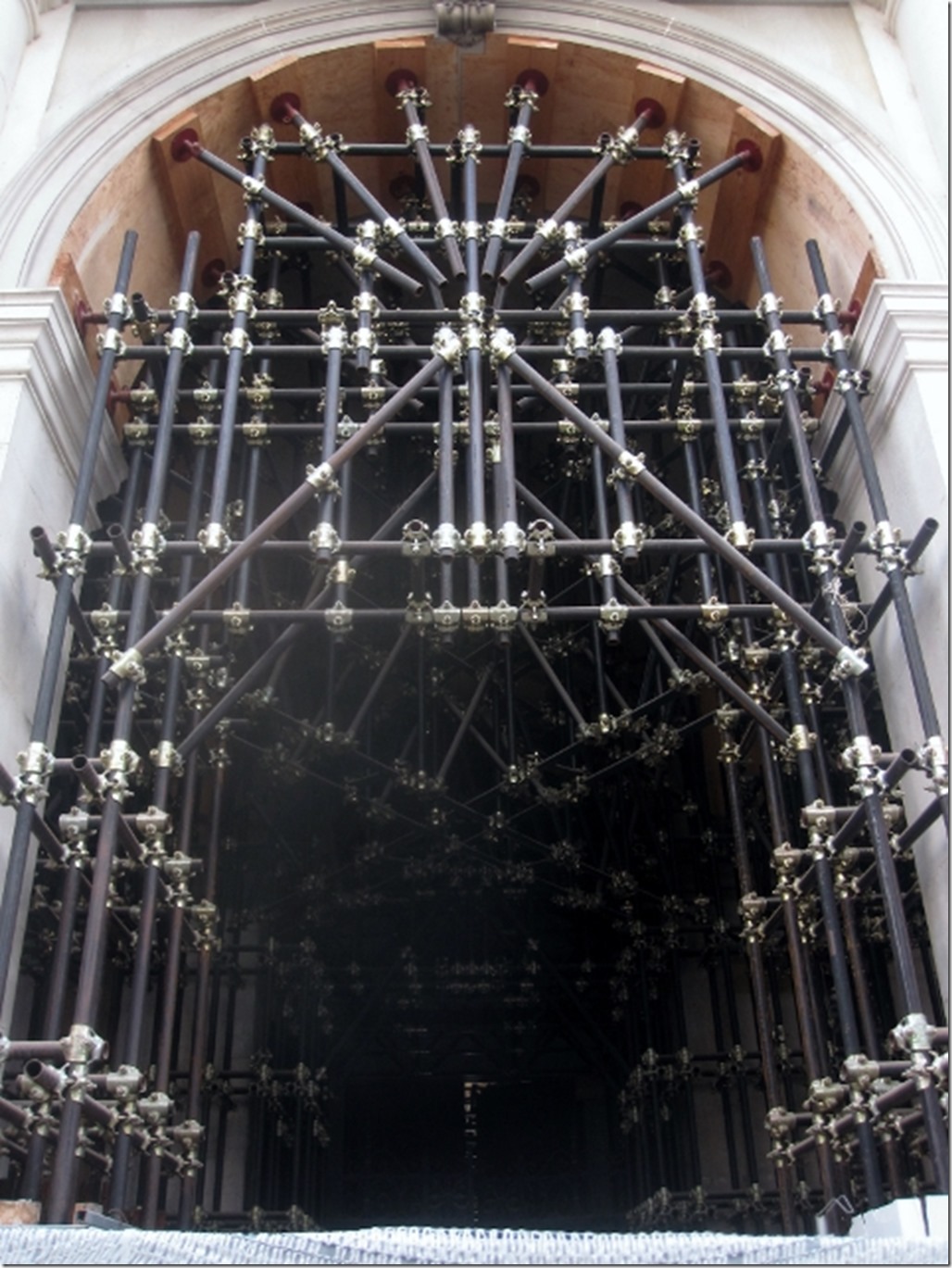
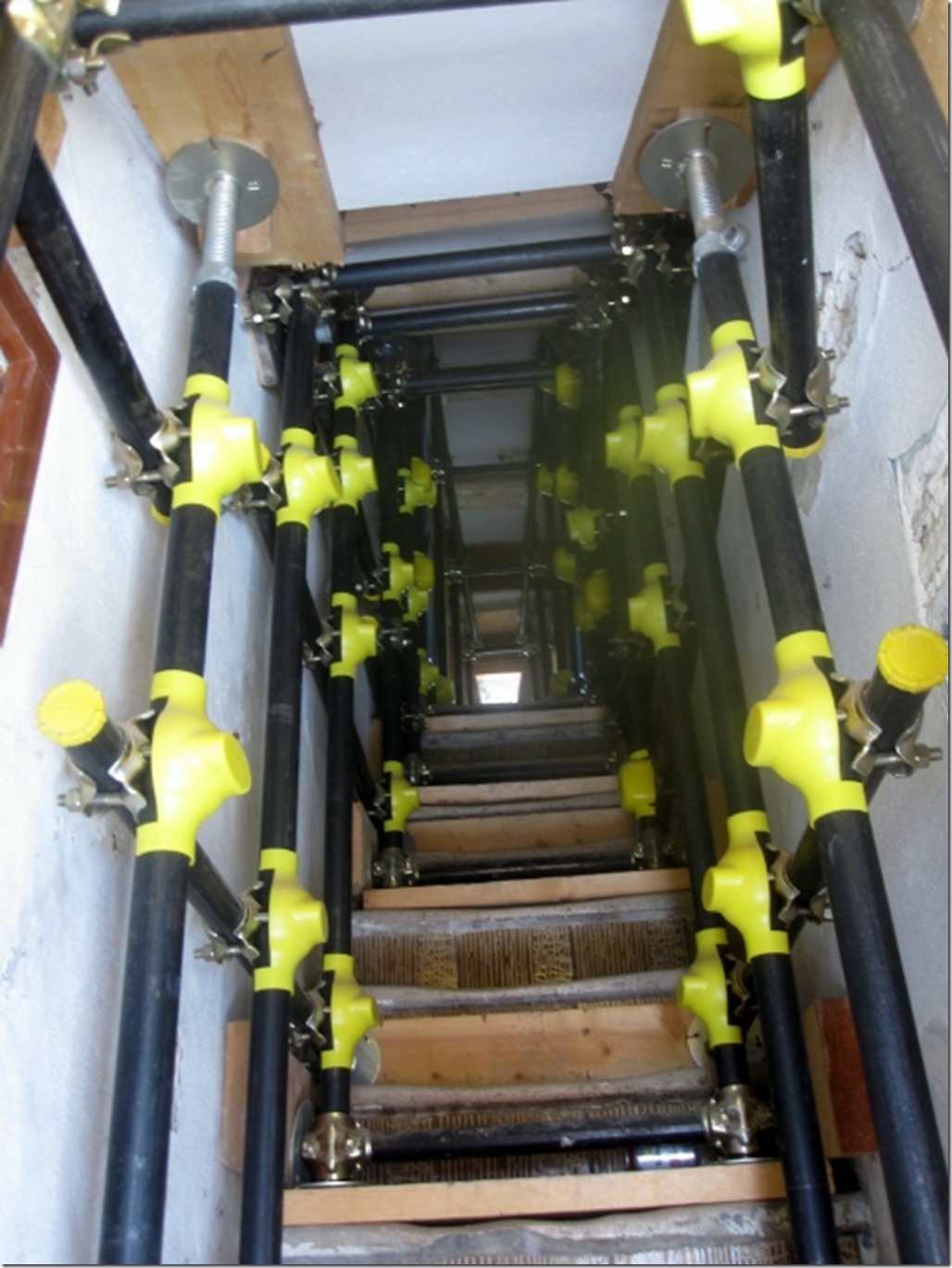
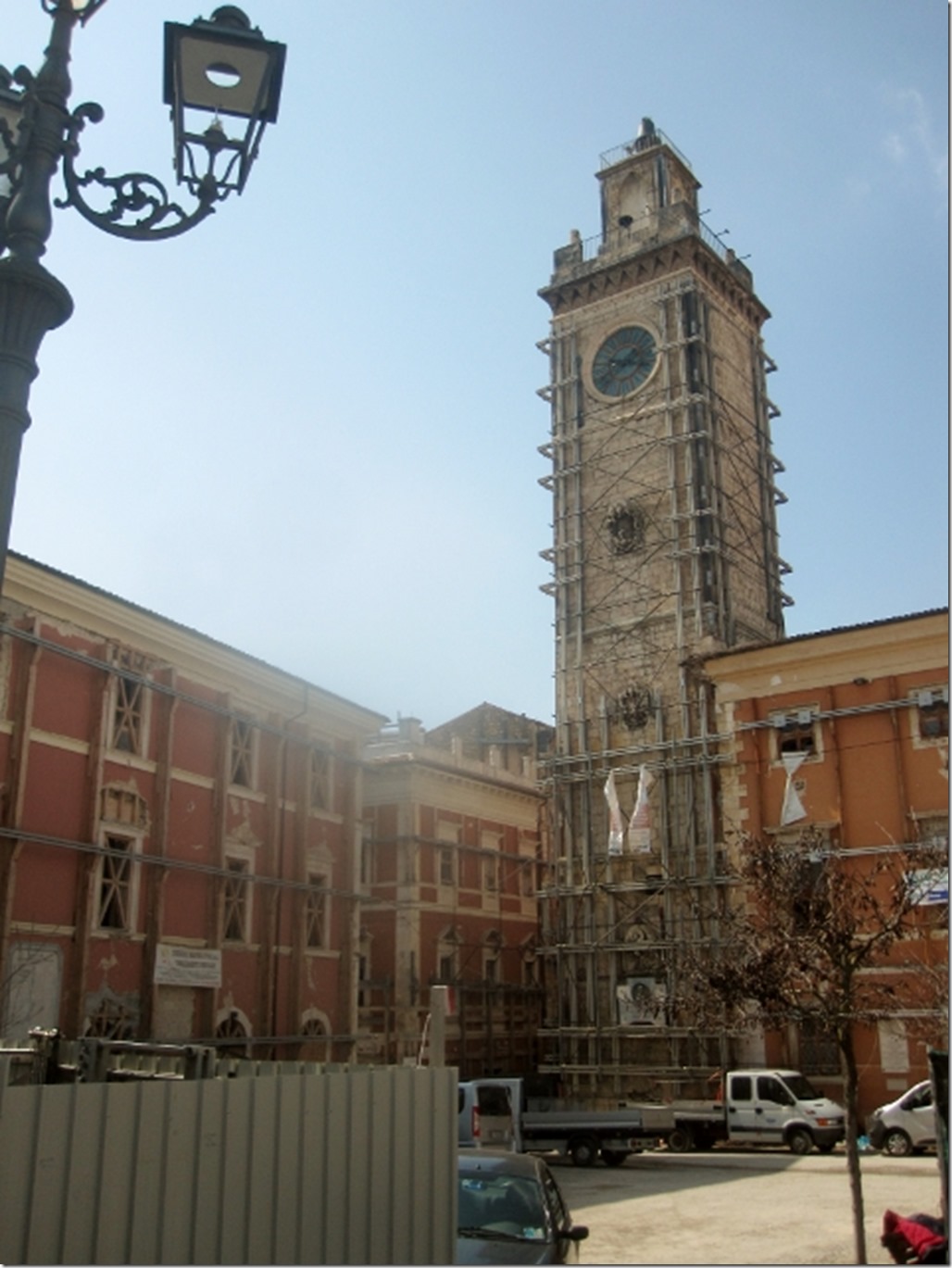
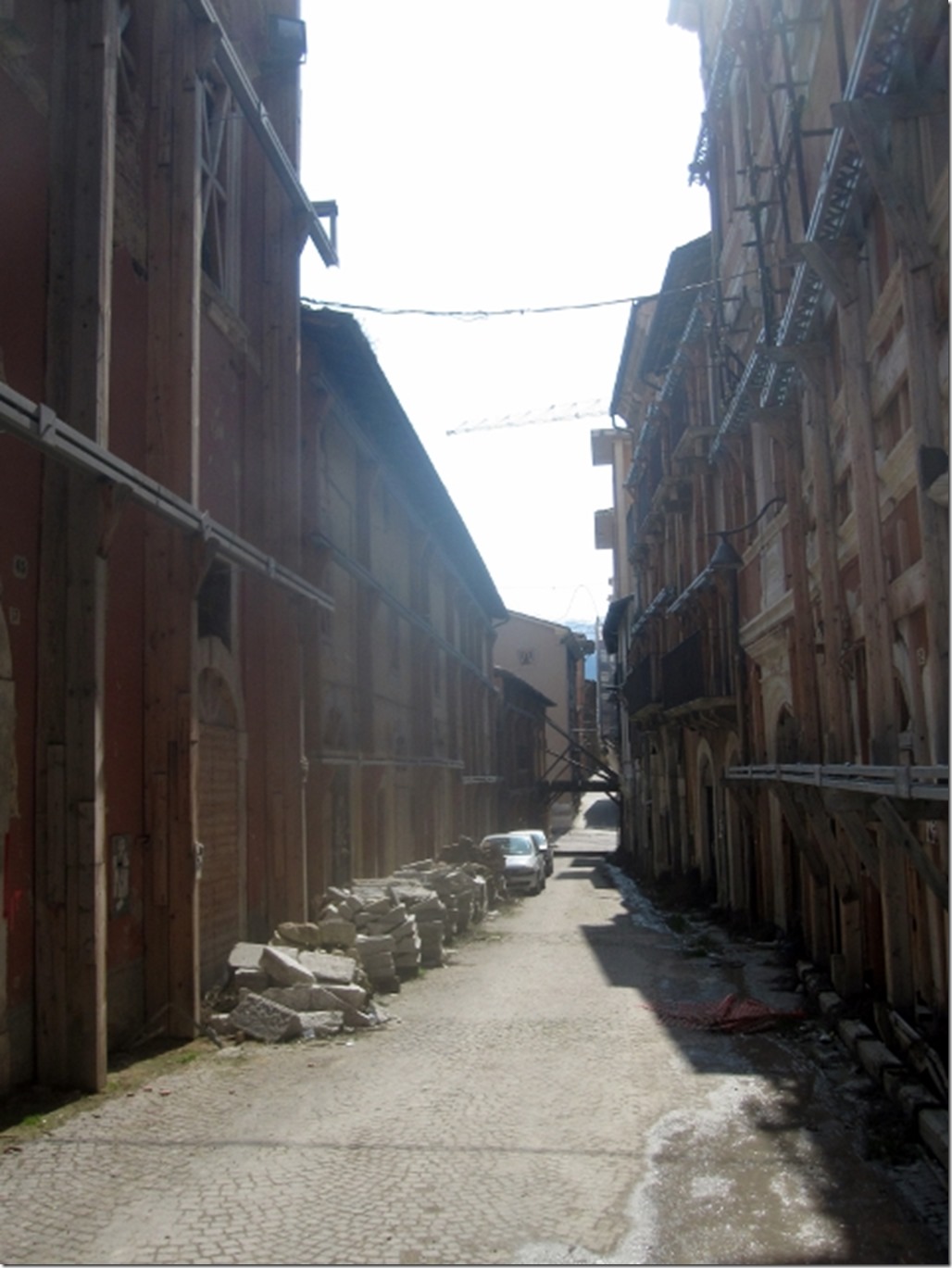
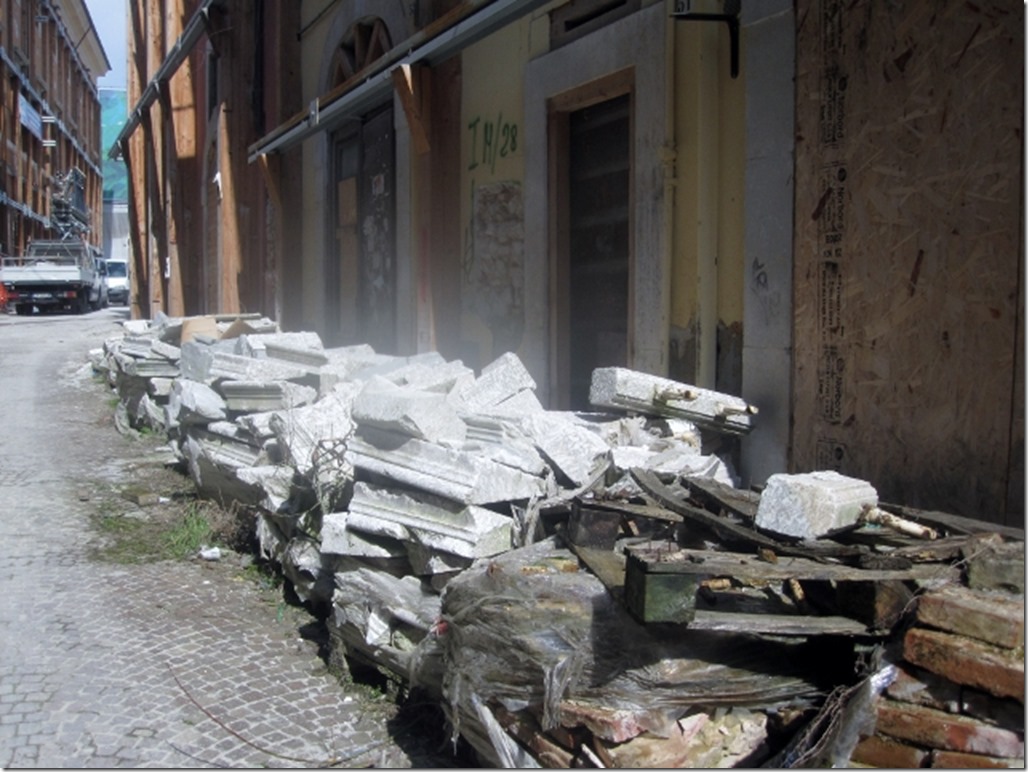
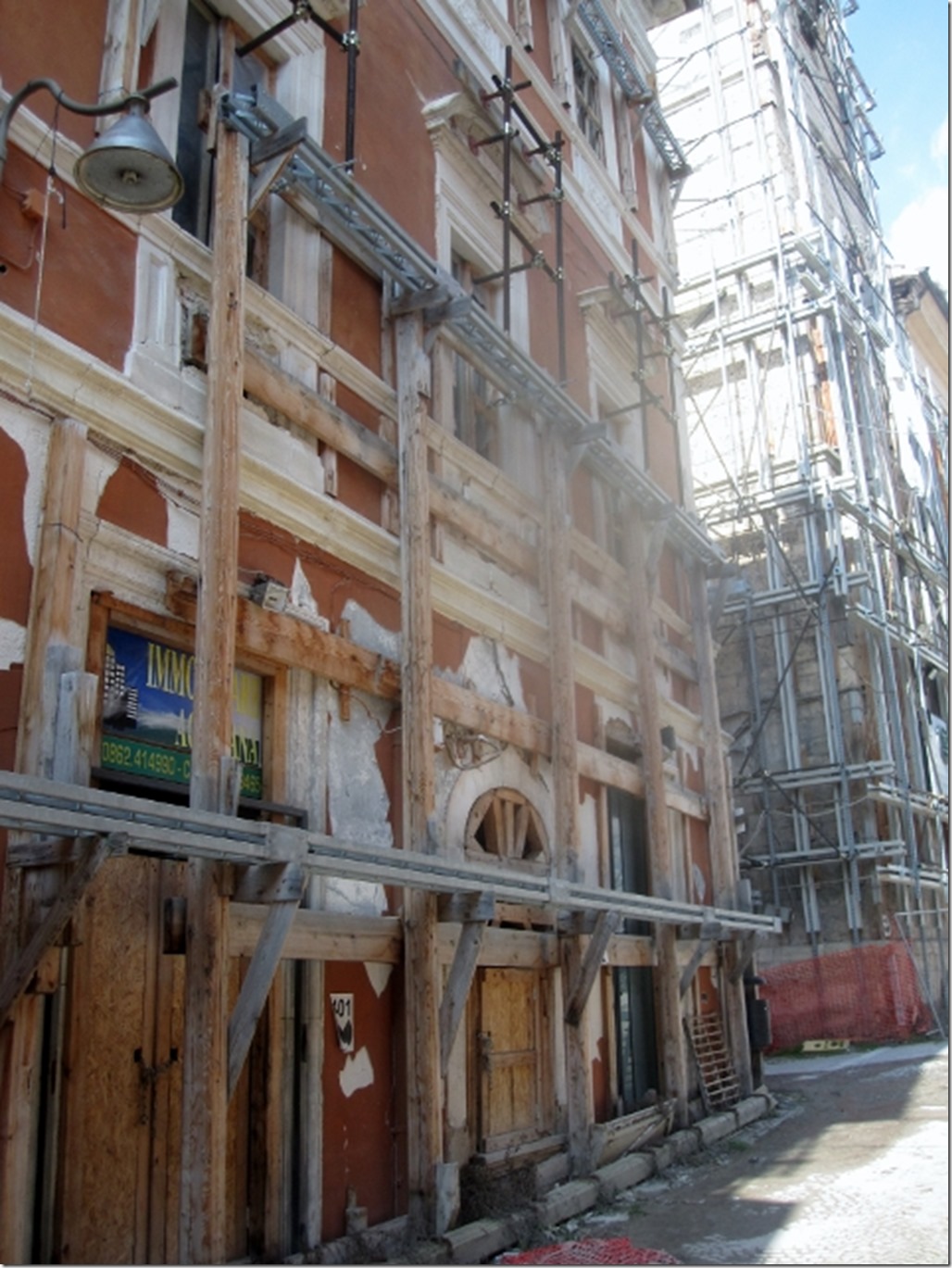
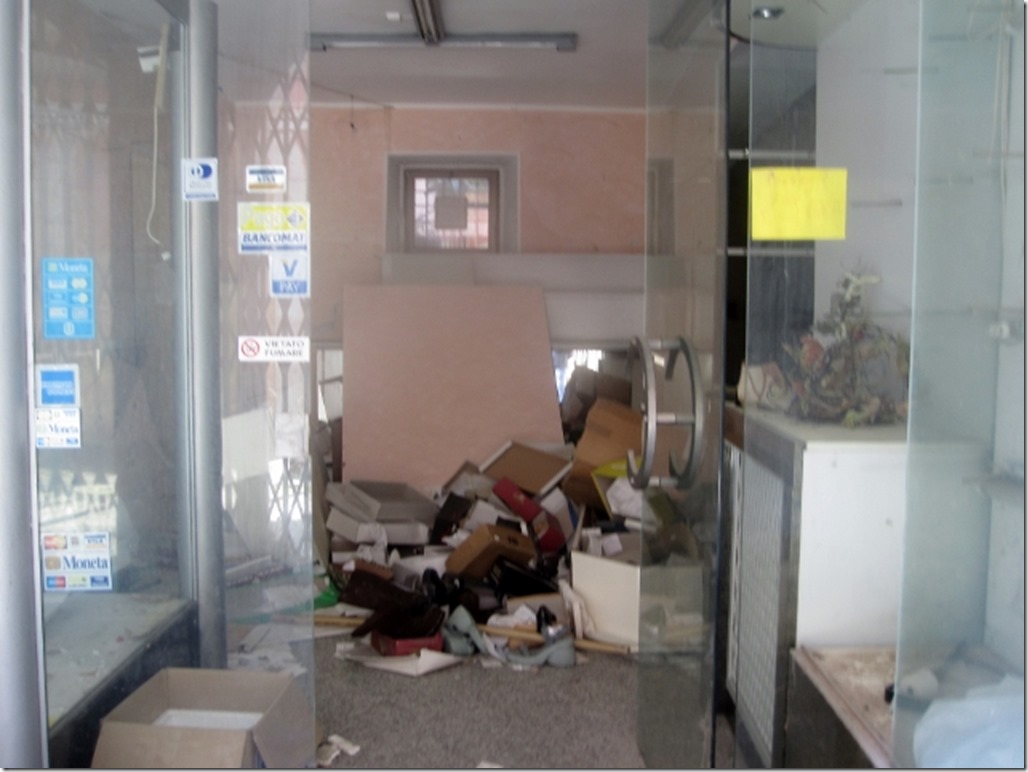
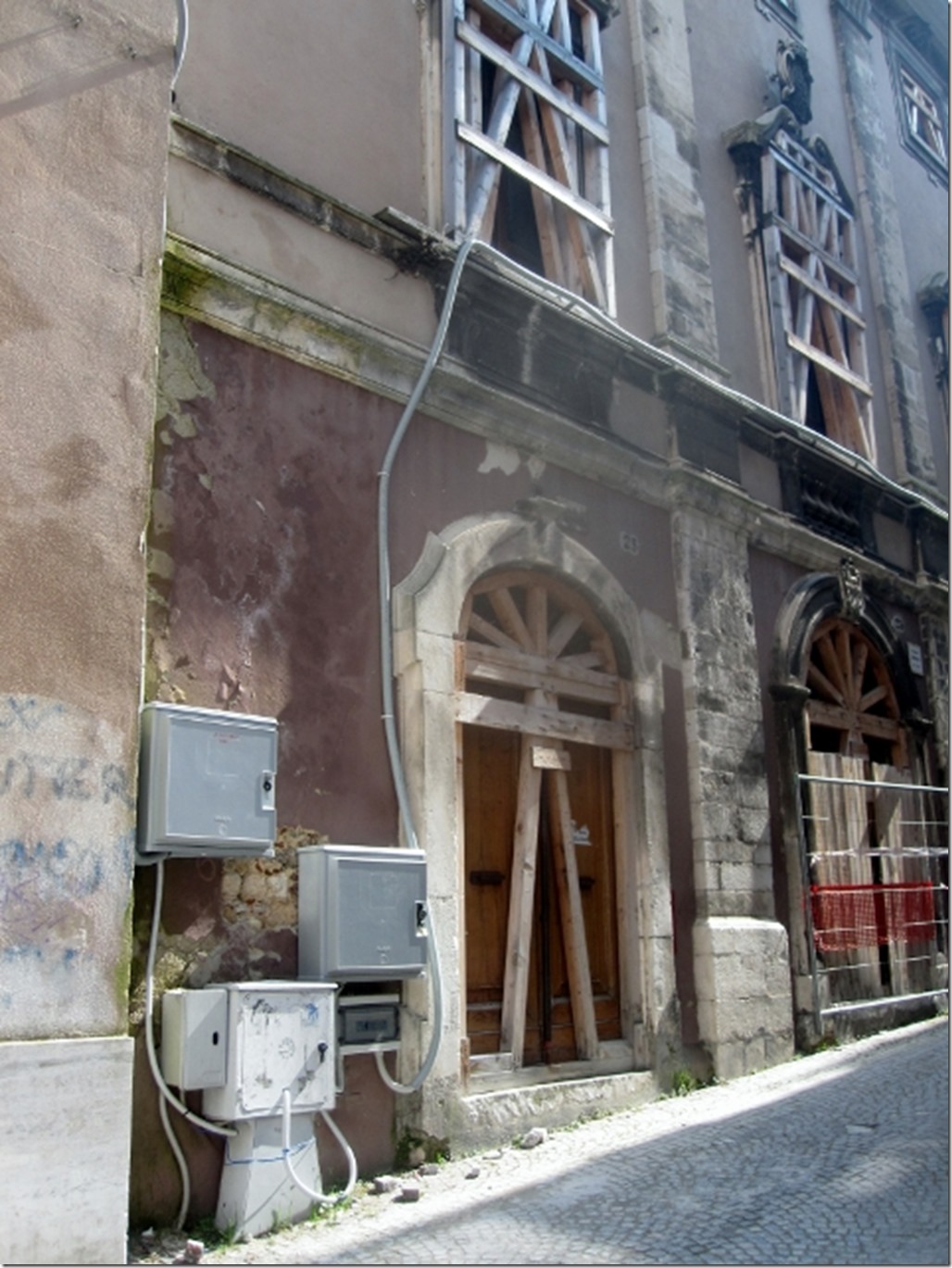
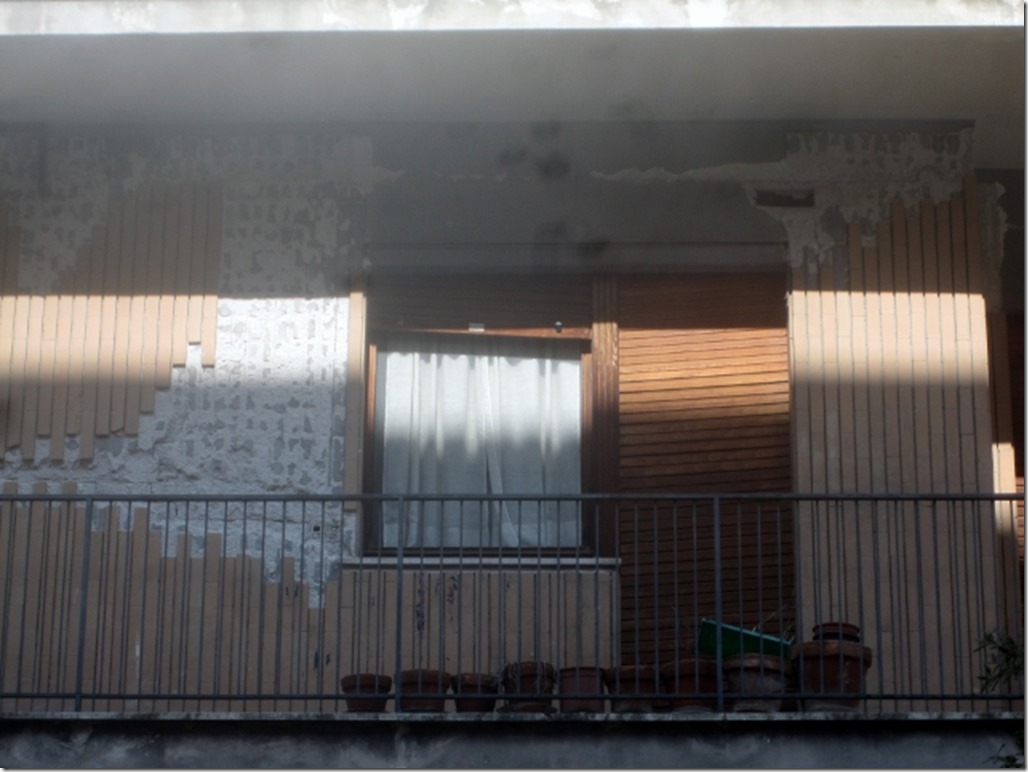
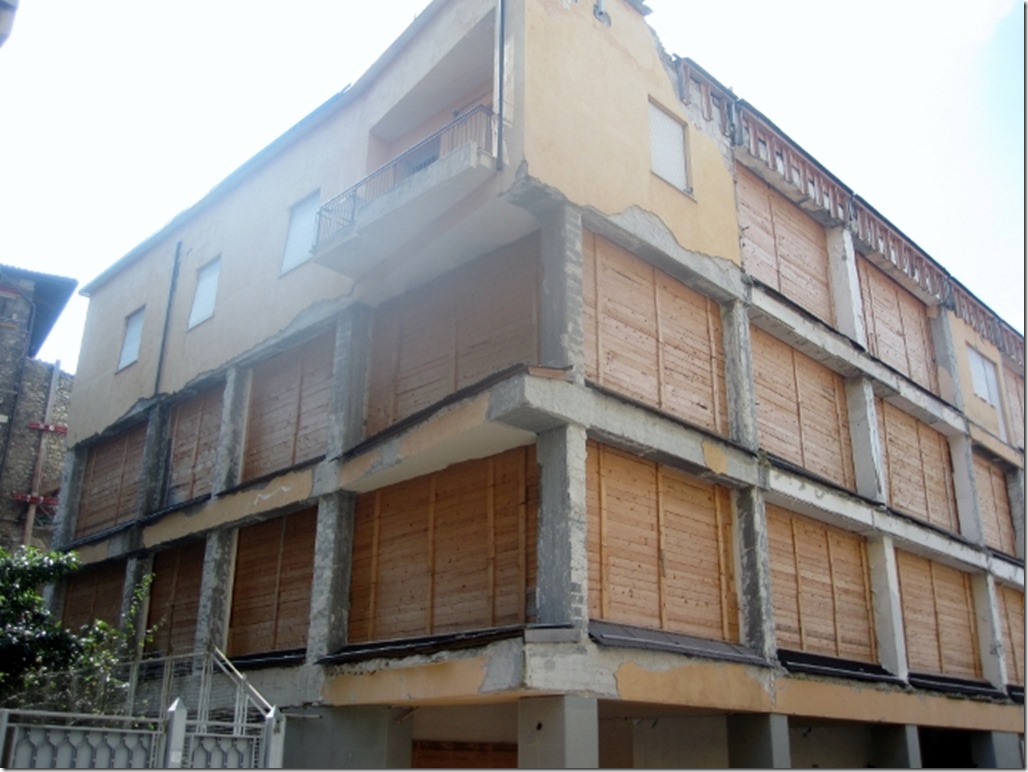
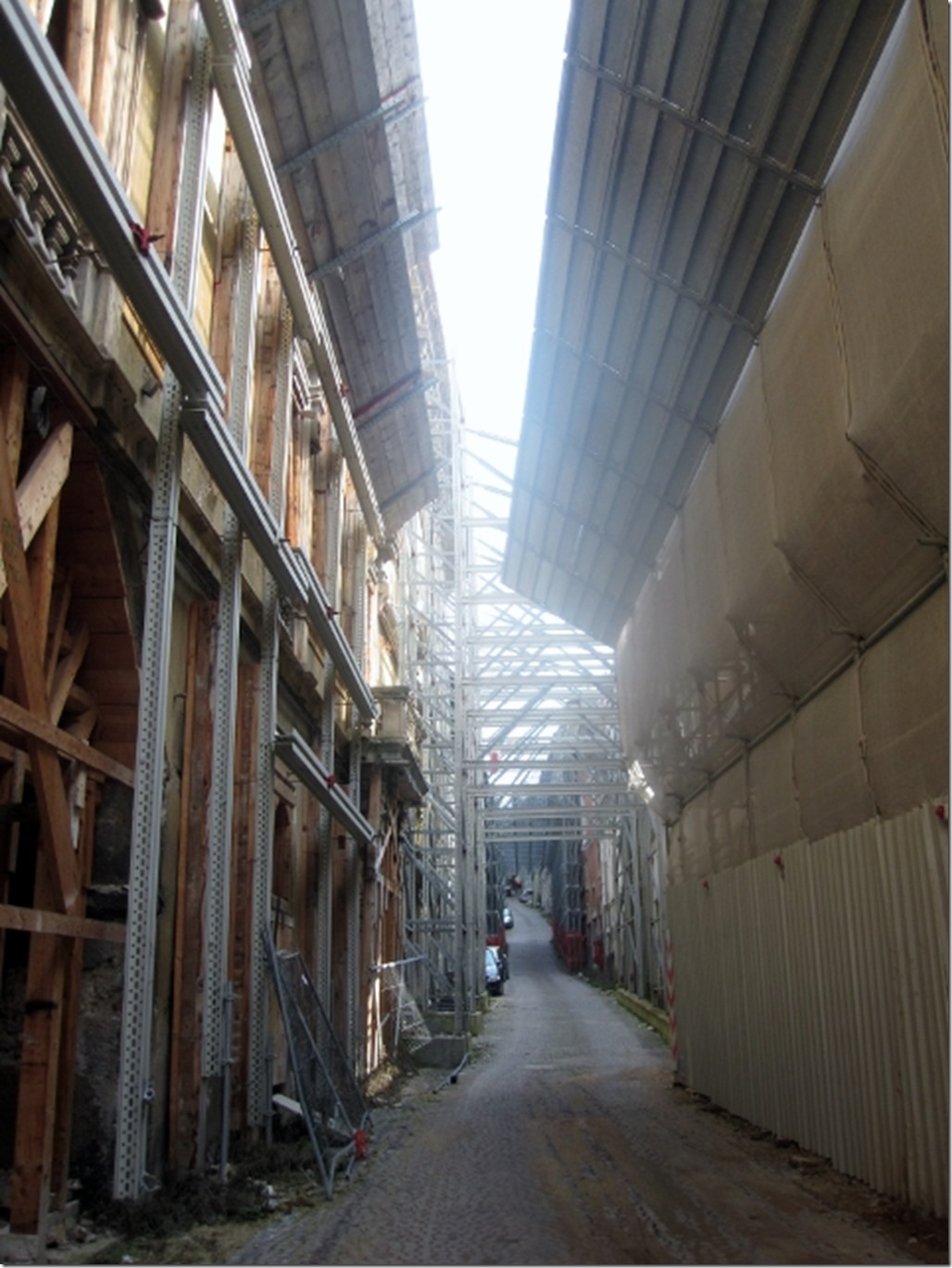
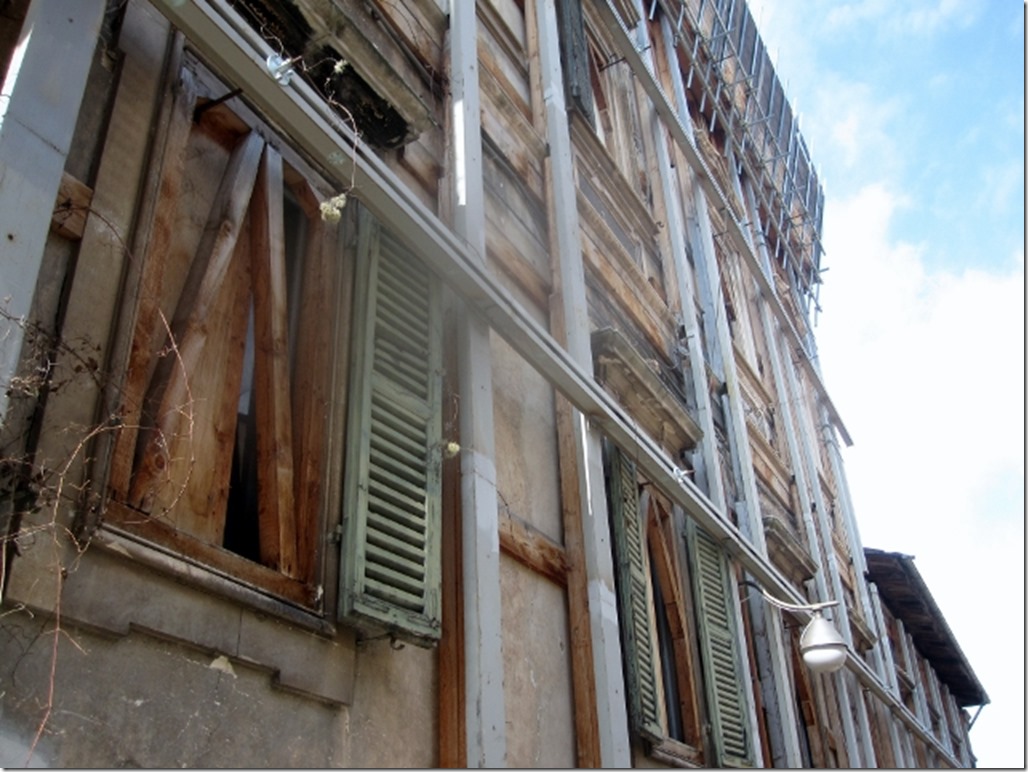
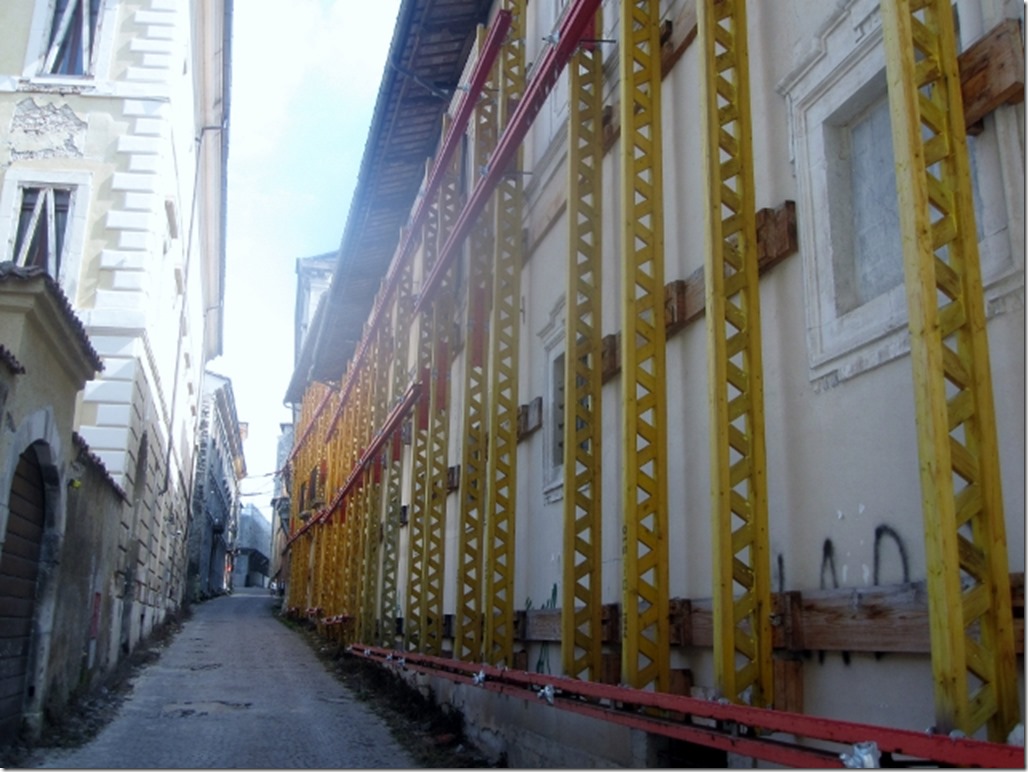
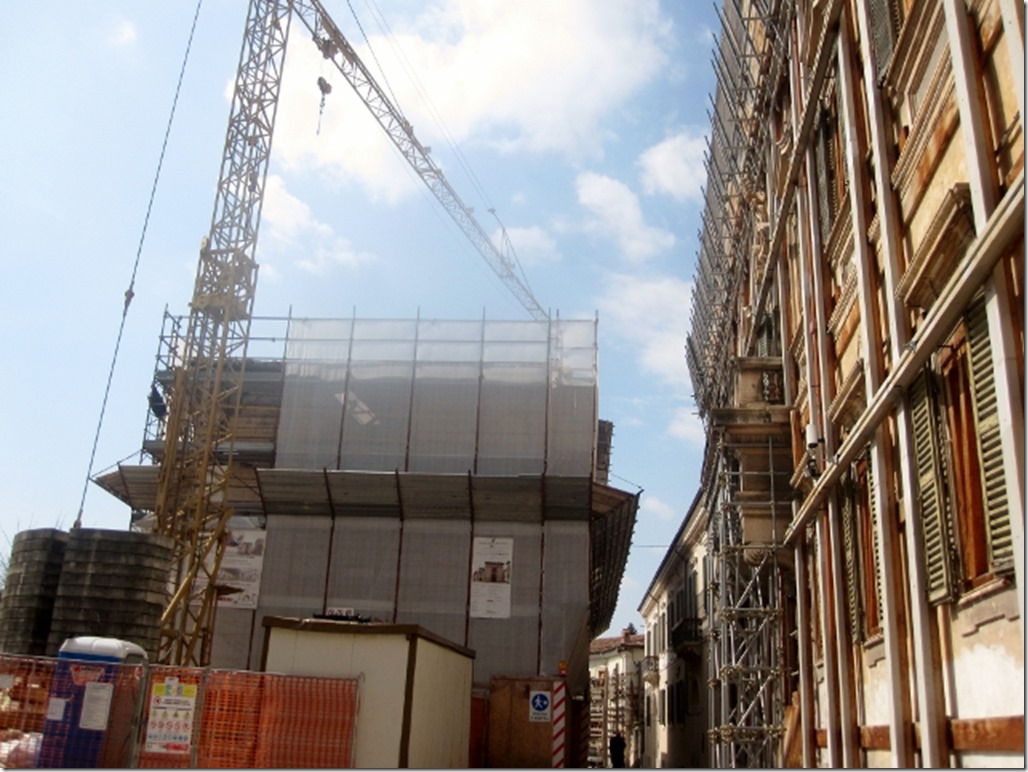
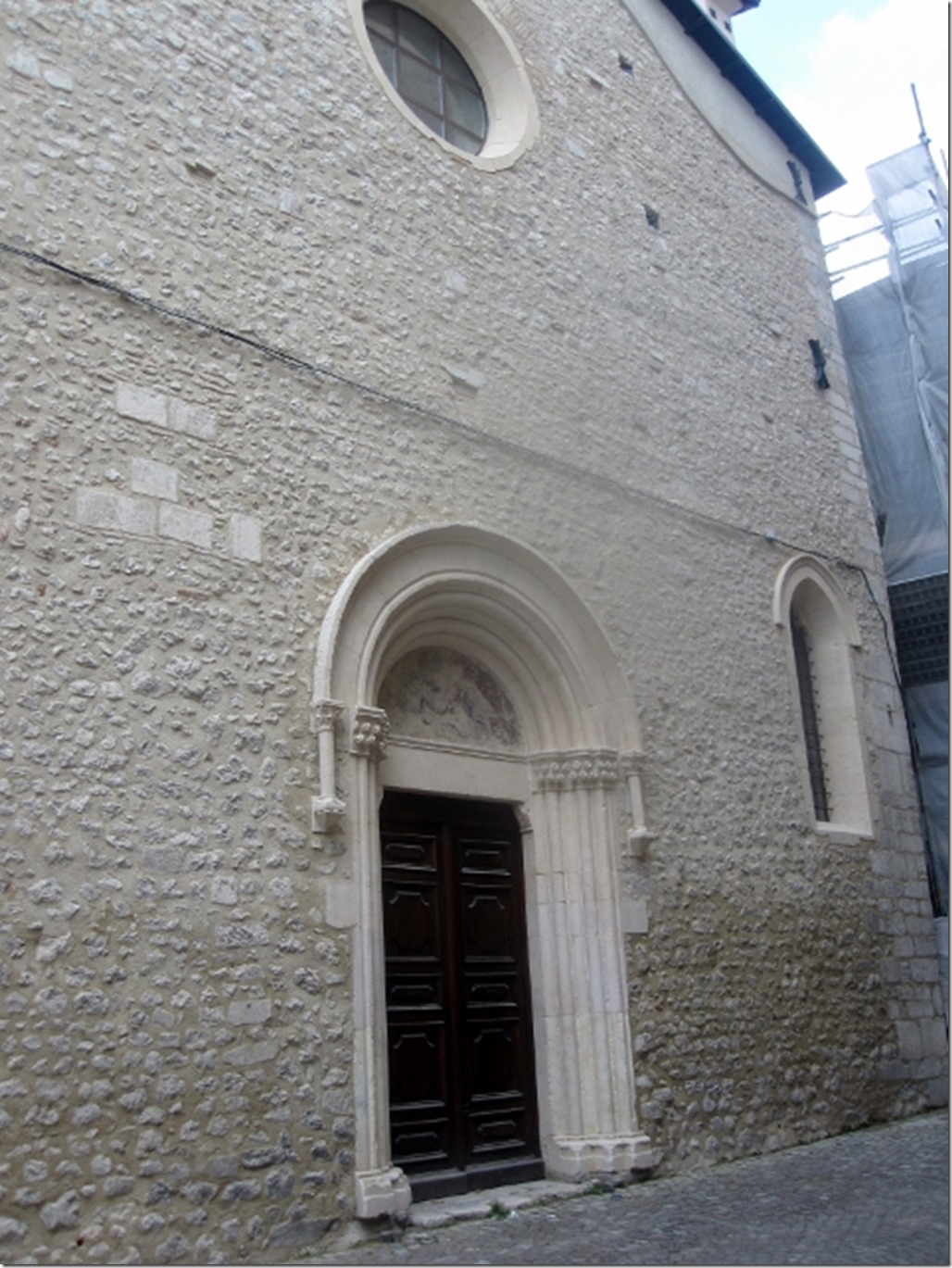
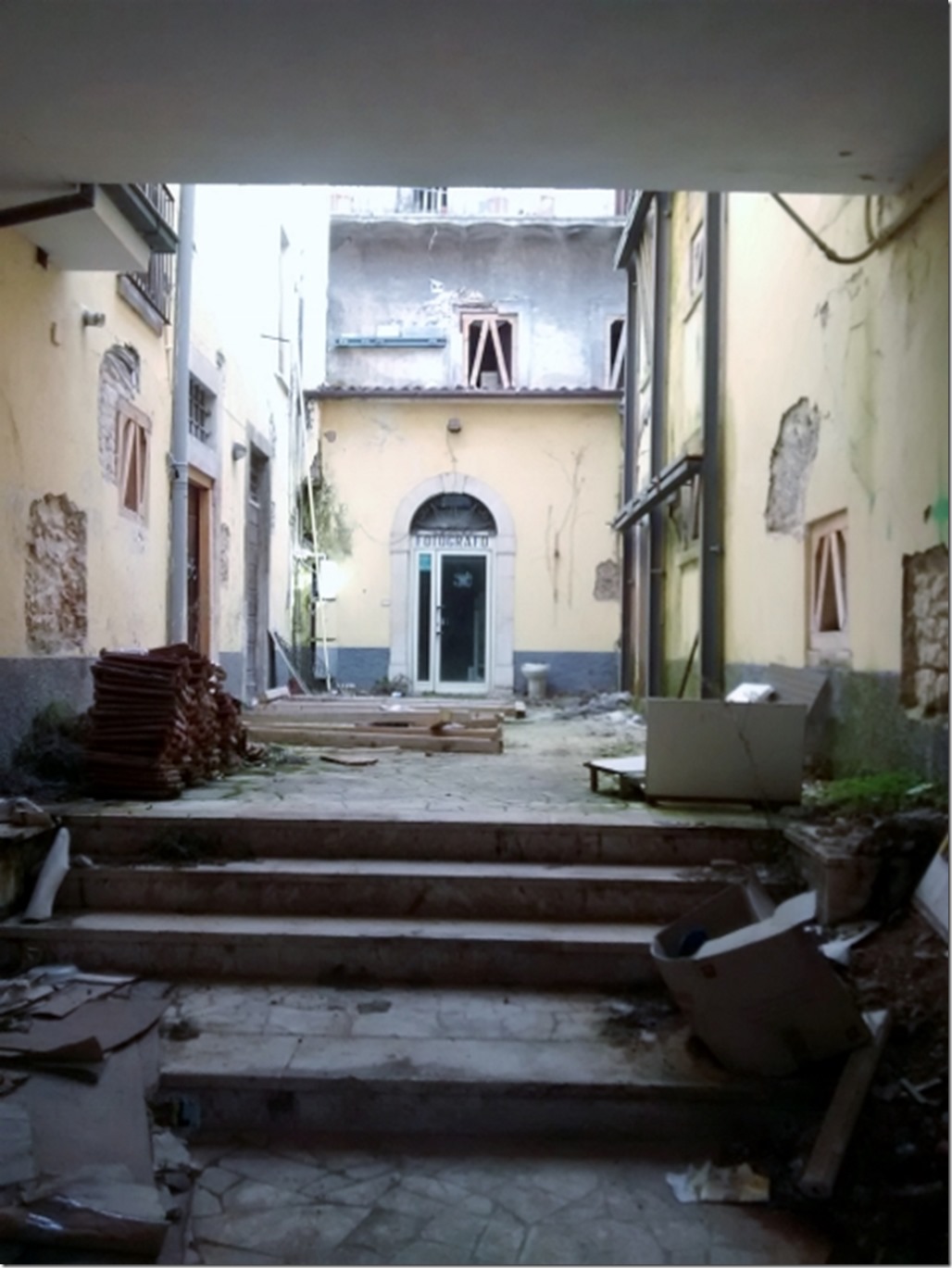
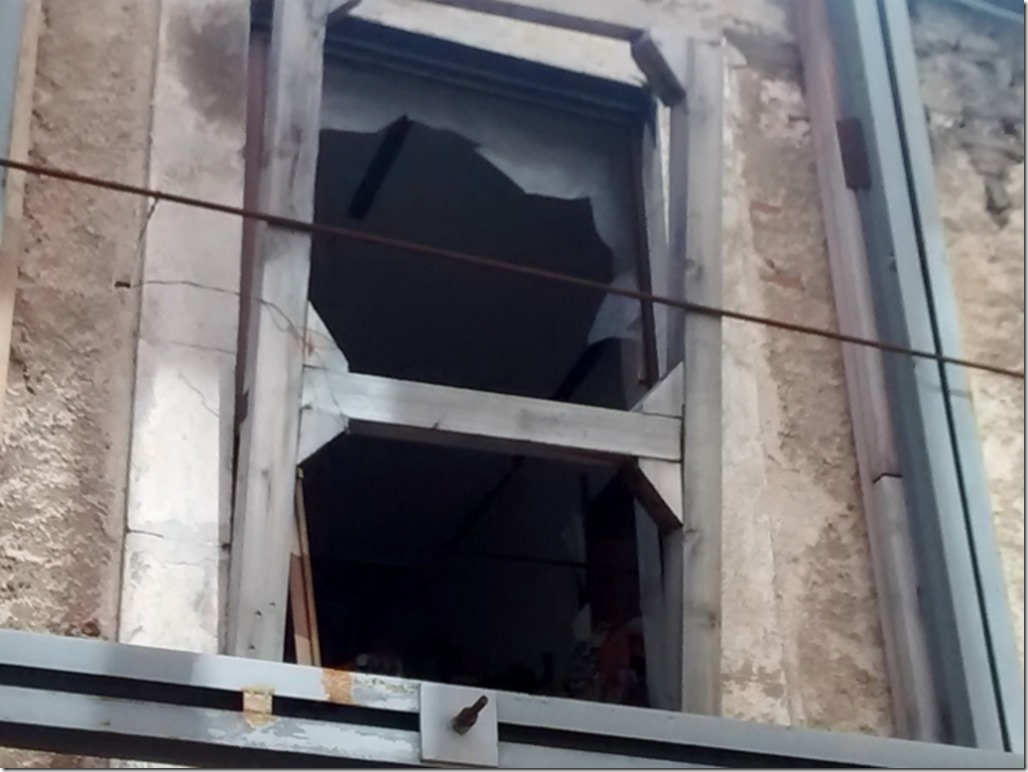
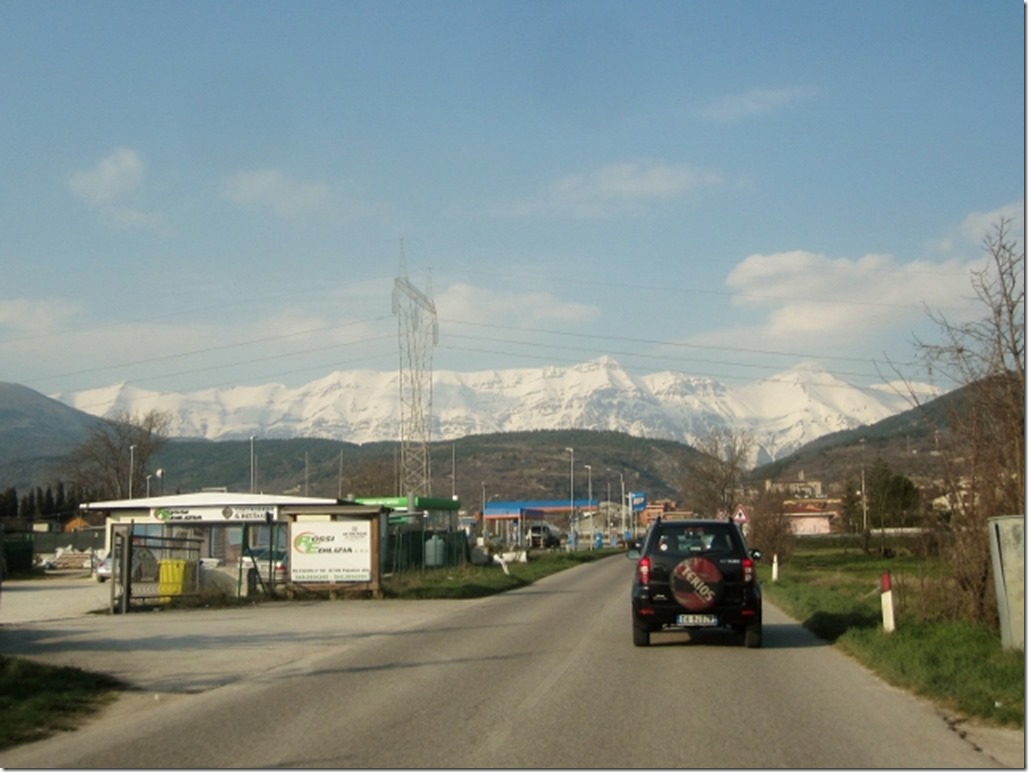
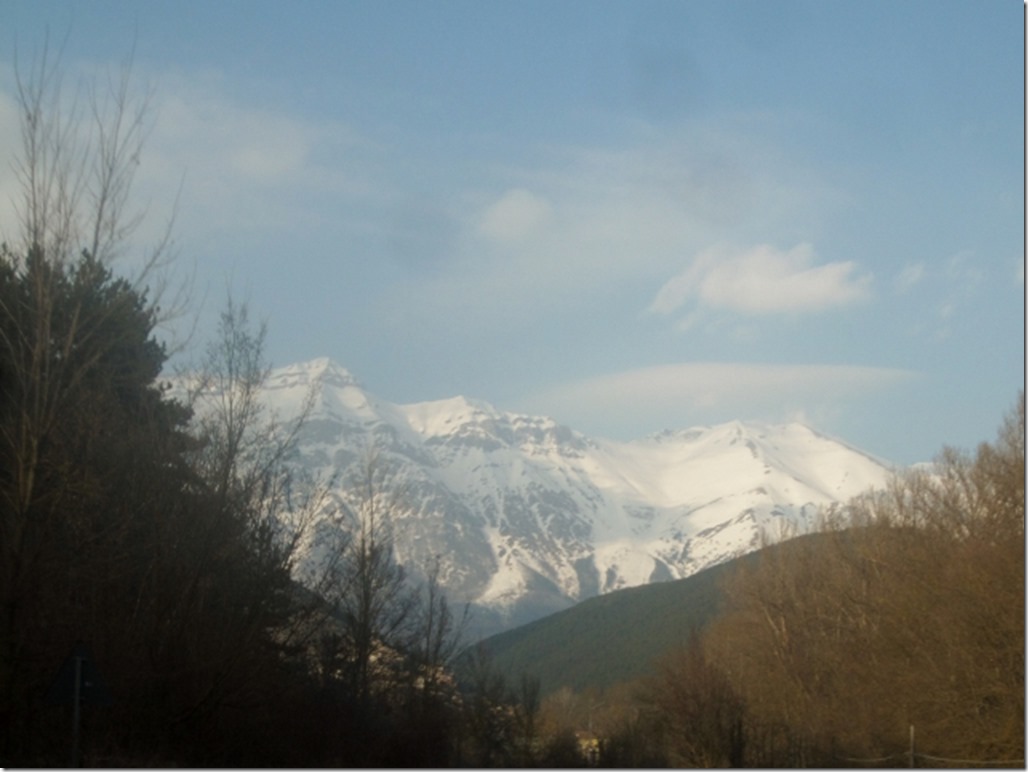
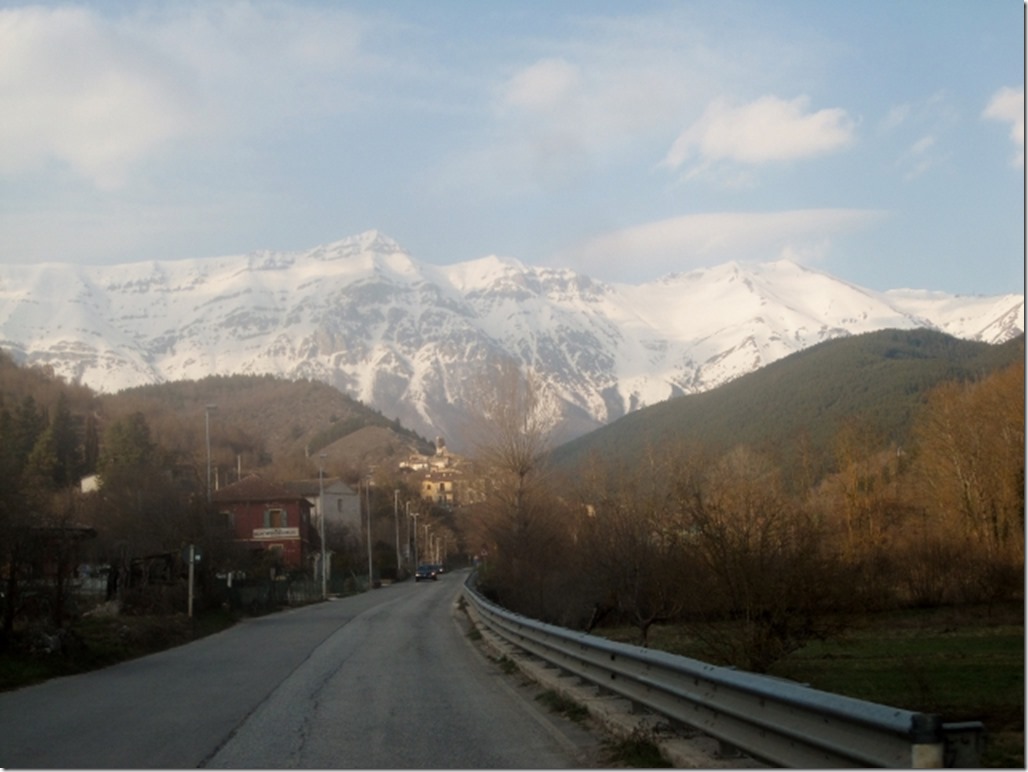
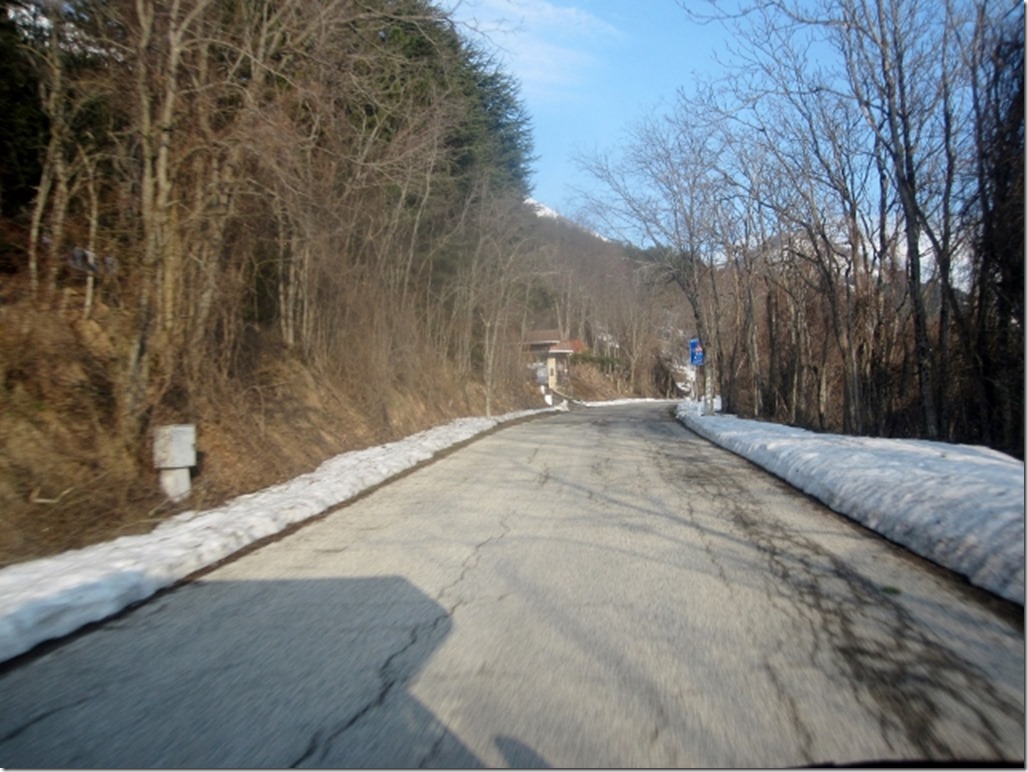
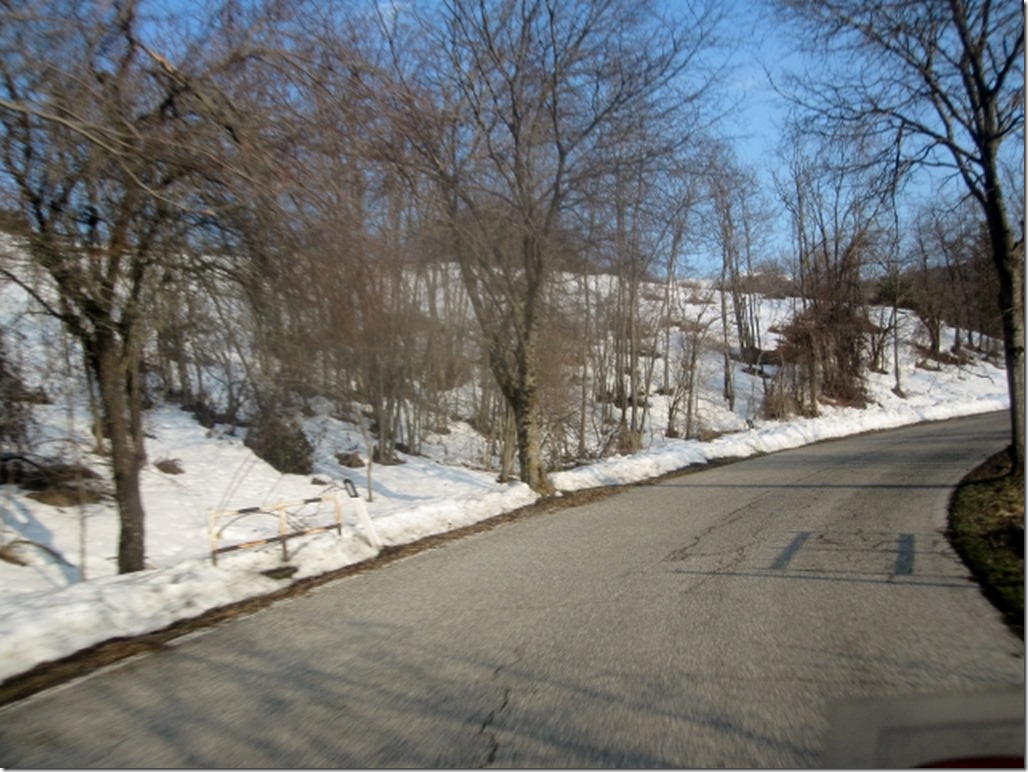
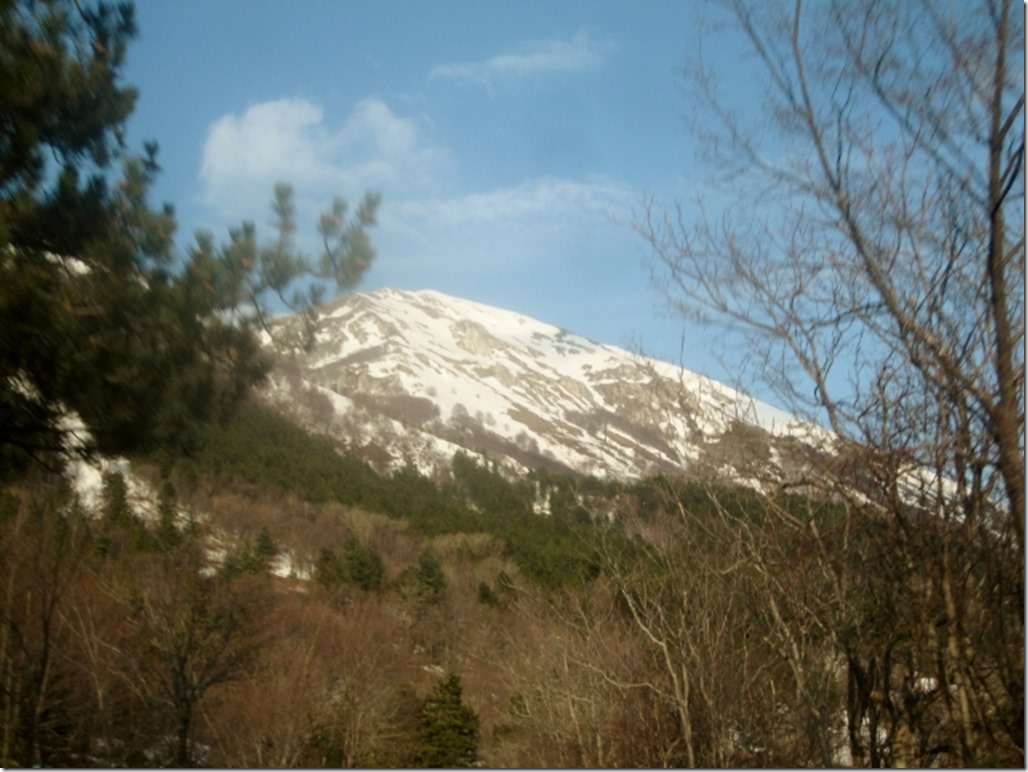
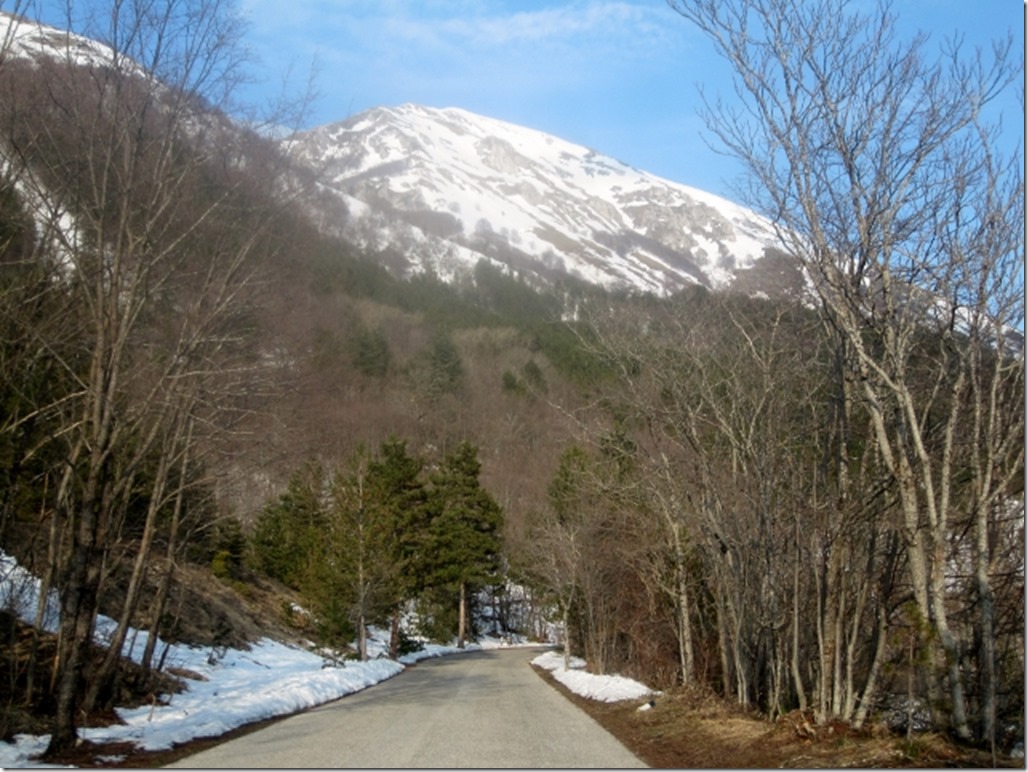
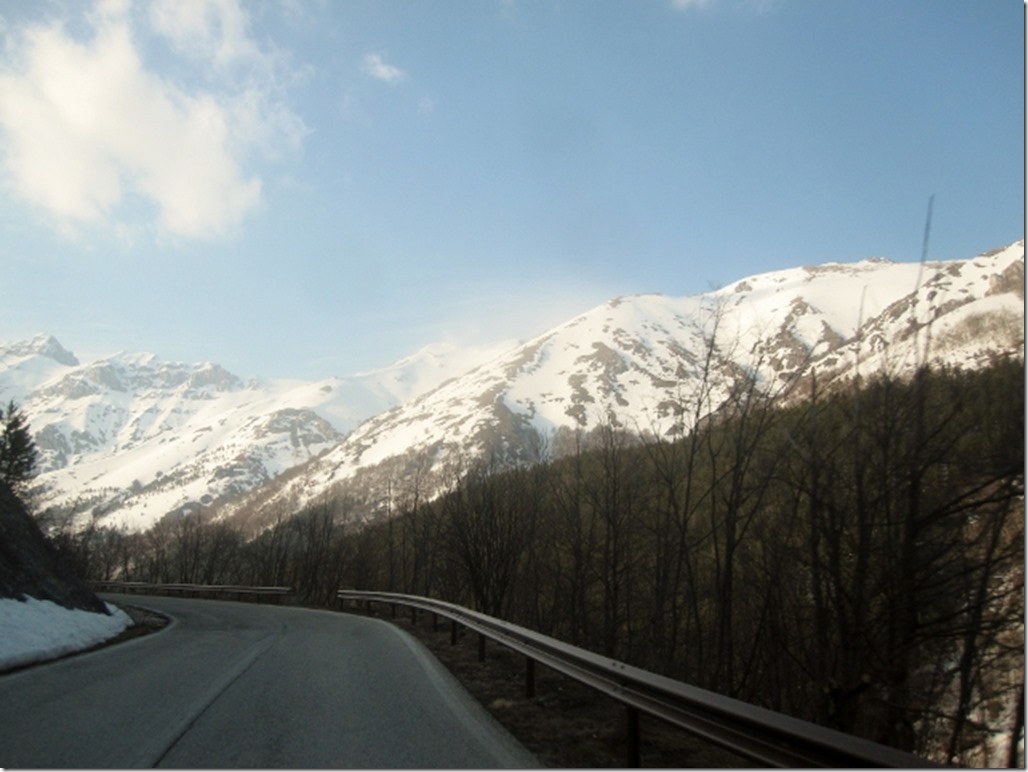
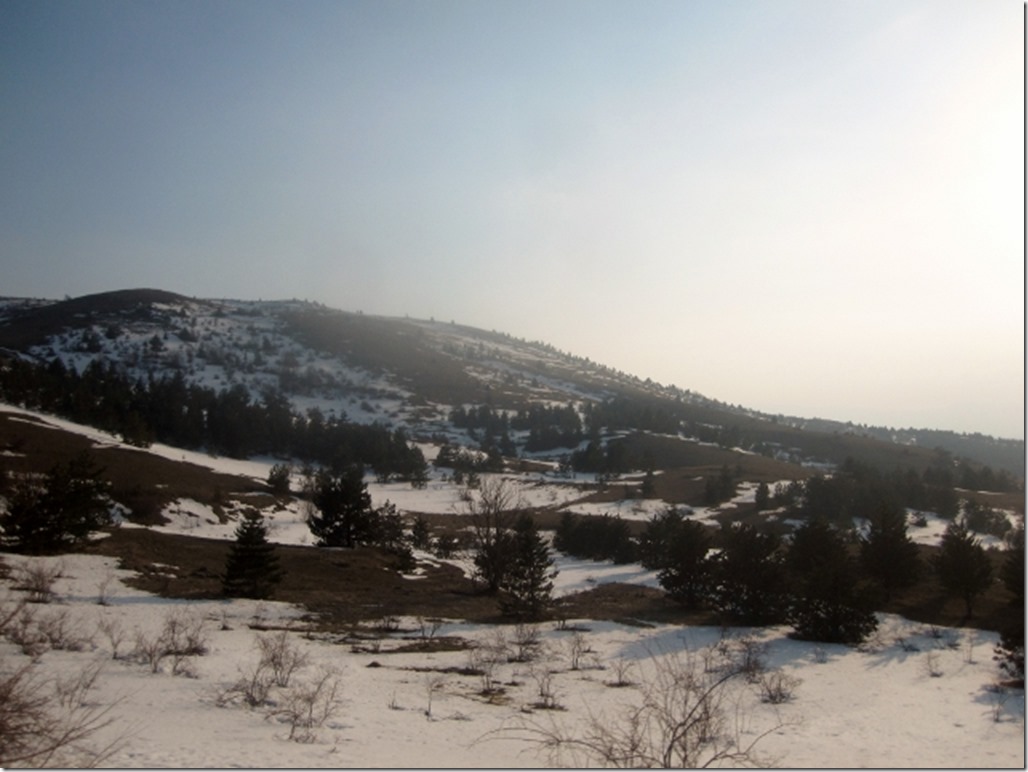
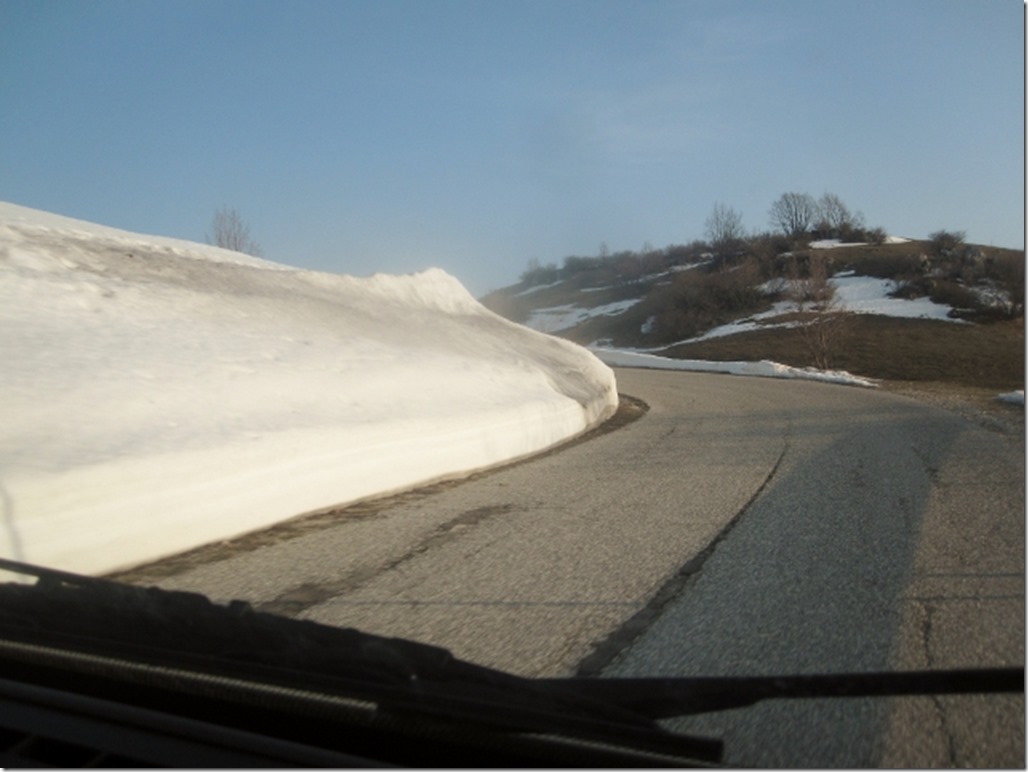
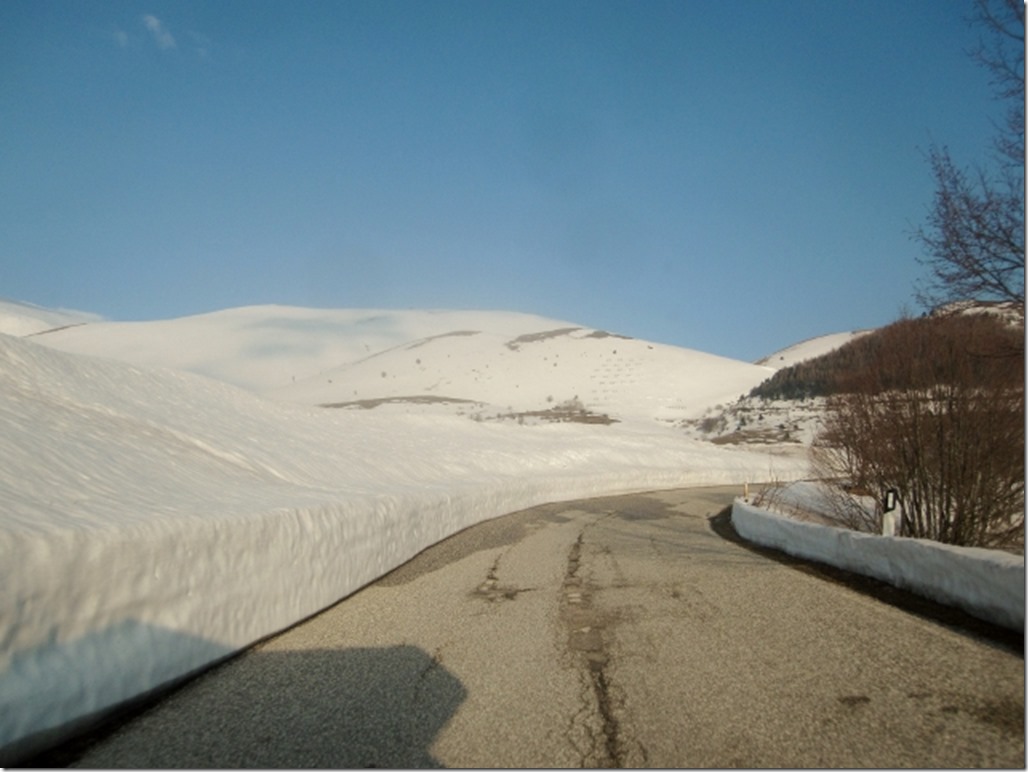
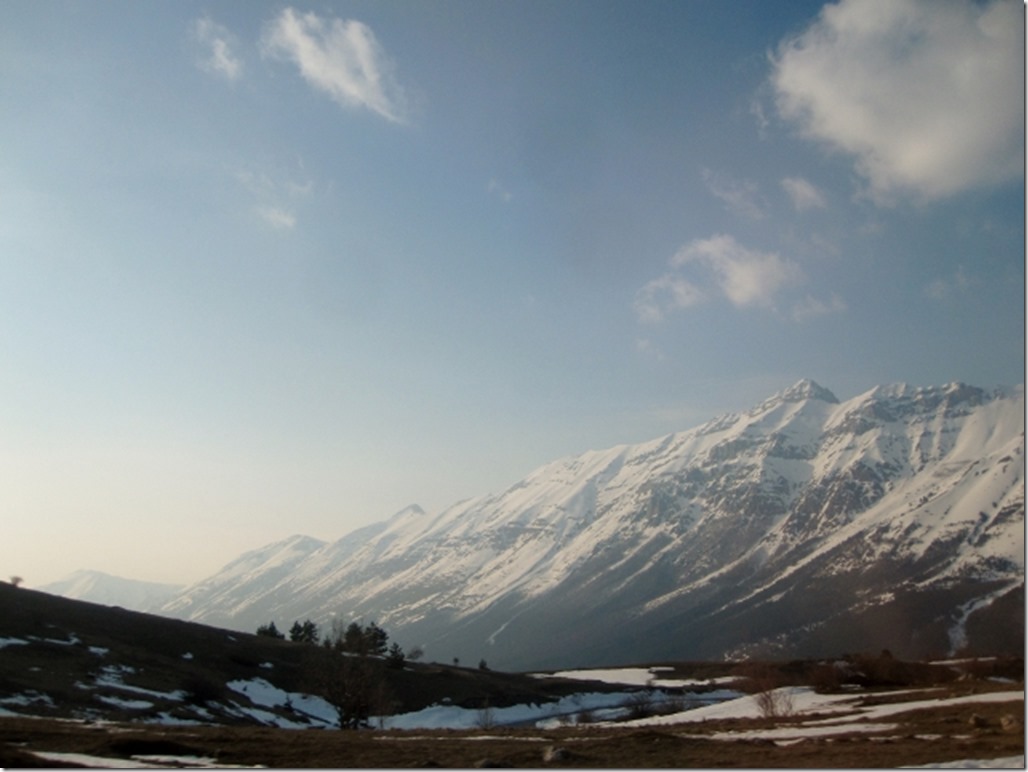
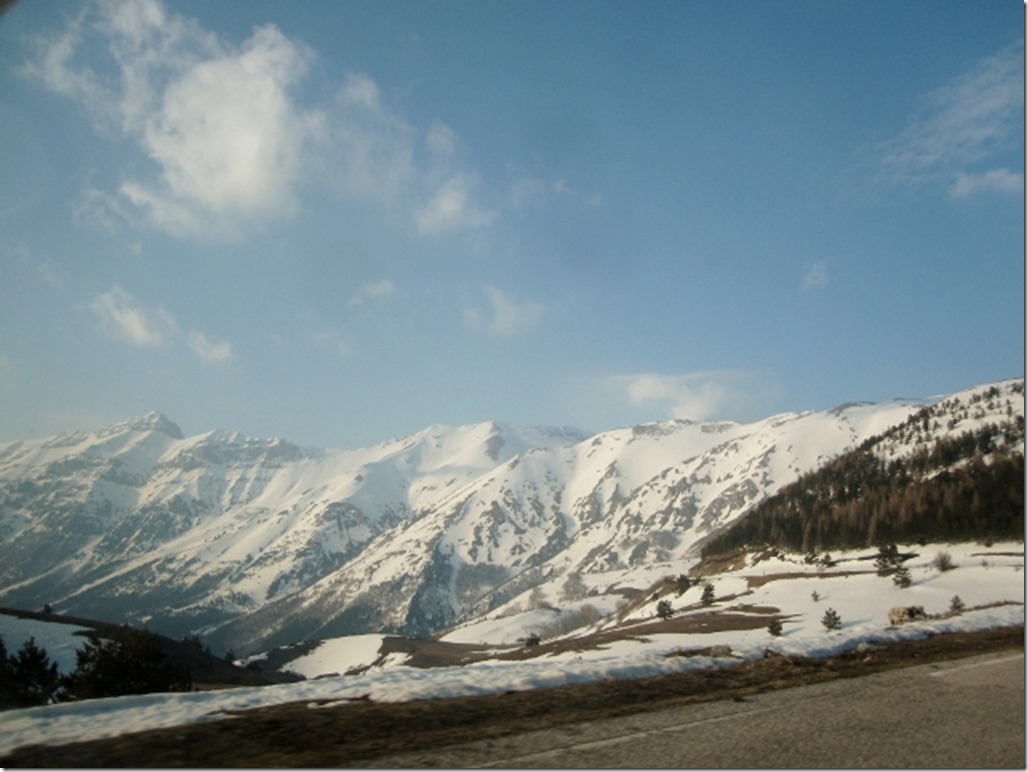
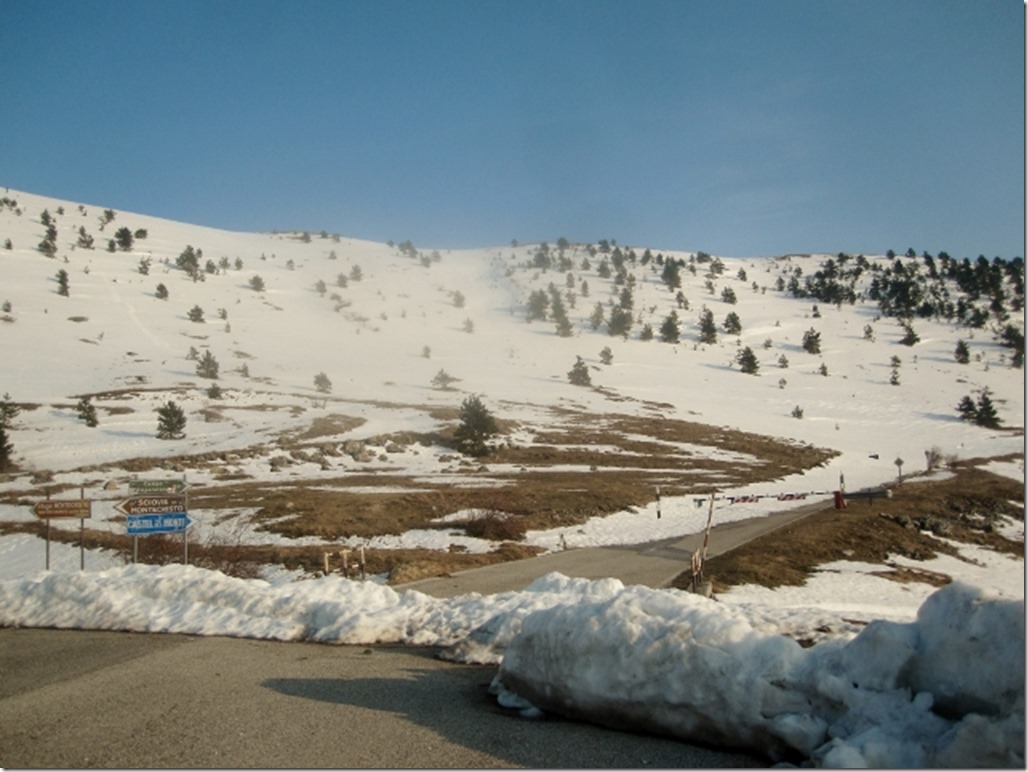
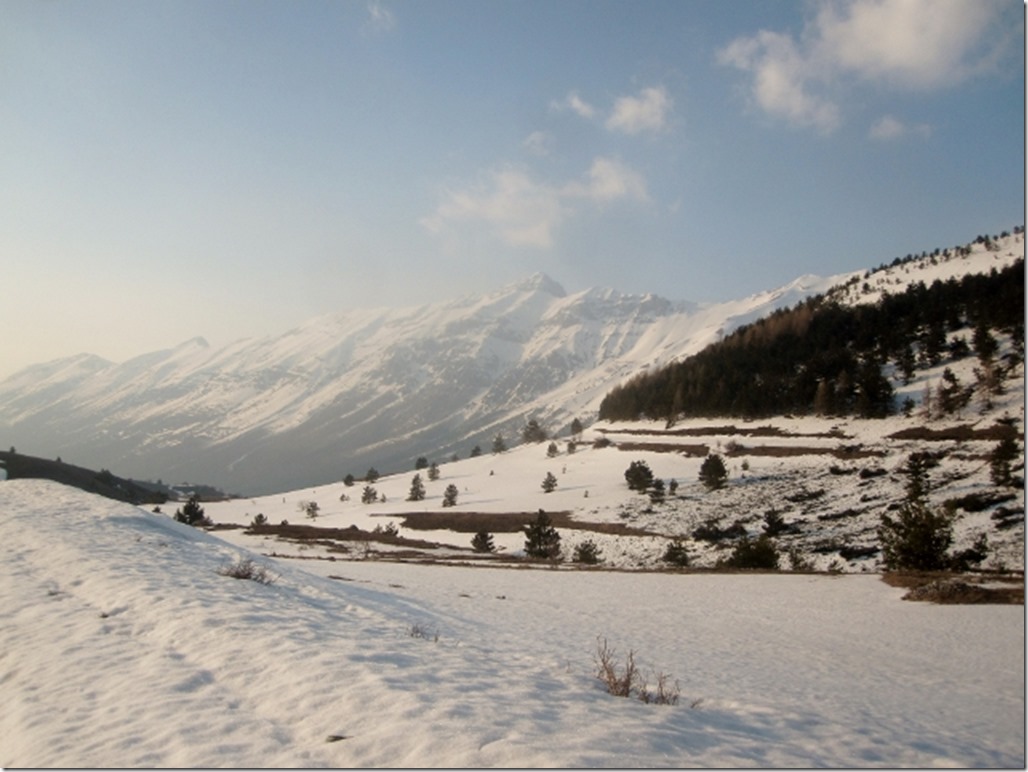






Que tristeza ver esta ciudad destruida , que turismo puede ir , me figuro que muy poco, no es de extrañar con tanto terremoto, cuantas historias todas tristes deben haber quedado enterradas entre tantos escombros .
El día no se acabó demasiado bien al tener que girar sin terminar vuestra ruta, pero de todo se saca algo positivo, los paisajes nevados fantásticos .
Ha sido uno de los momentos mas chocantes de nuestras aventuras en Italia
Excelente articulo. Las fotos de l’Aquila son impresionantes. La frecuencia de los terremotos acongojante, lo mismo el pueblo está encima de una falla… Las fotos de tanta nieve en abril genial. Pasadlo bien y seguid escribiendo. XXX
Thanks for the positive words, glad you are enjoying. We have a lot to catch up with you regarding Guisando.
Garibaldi